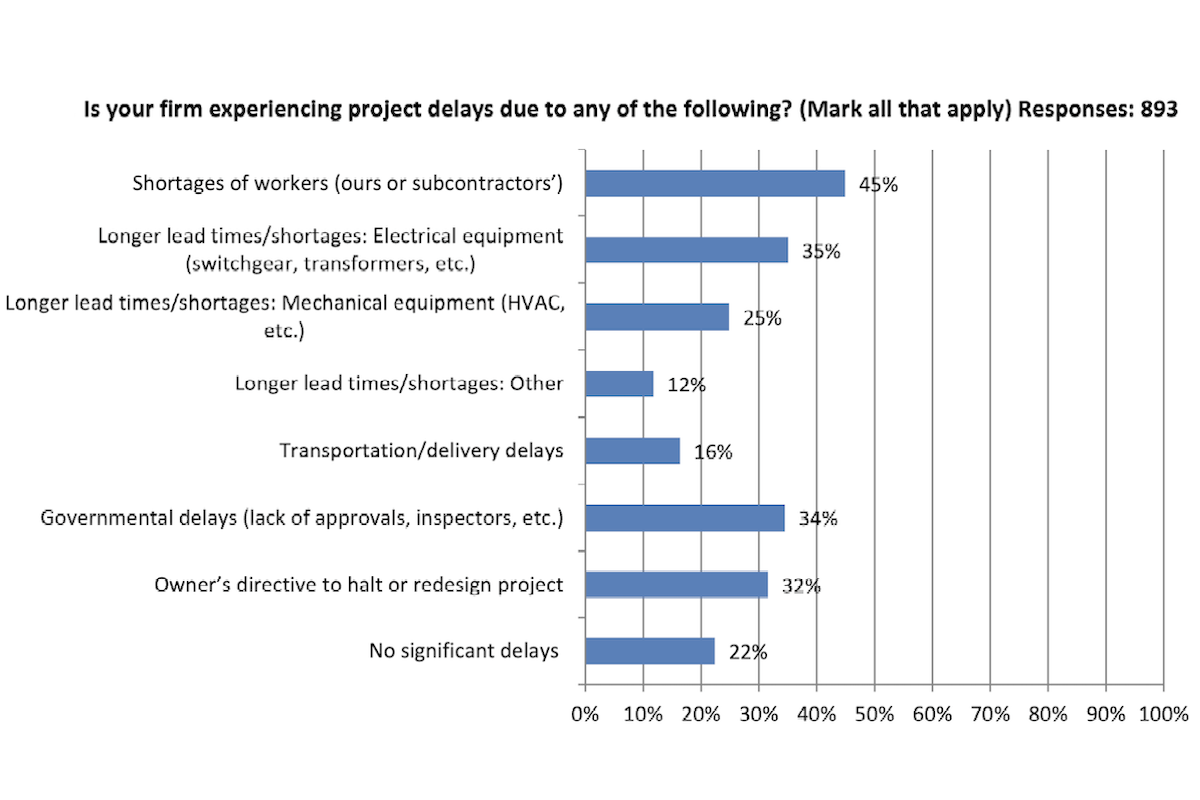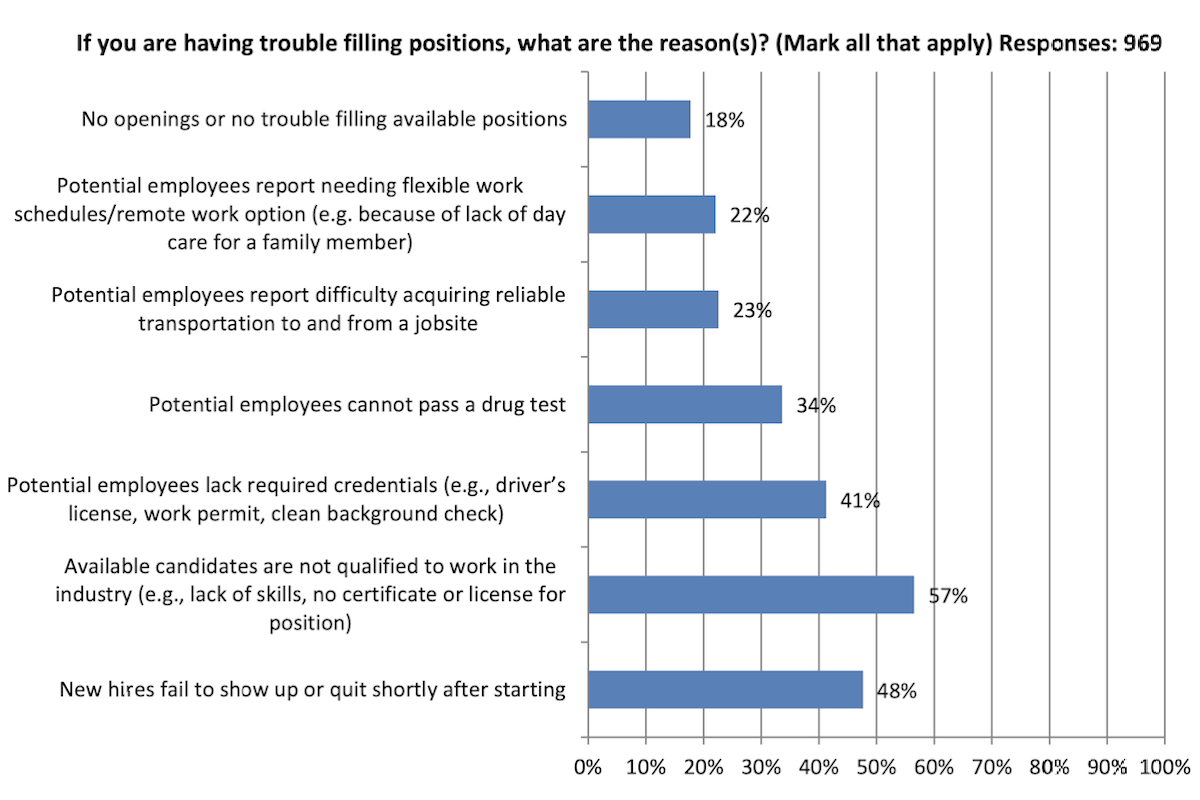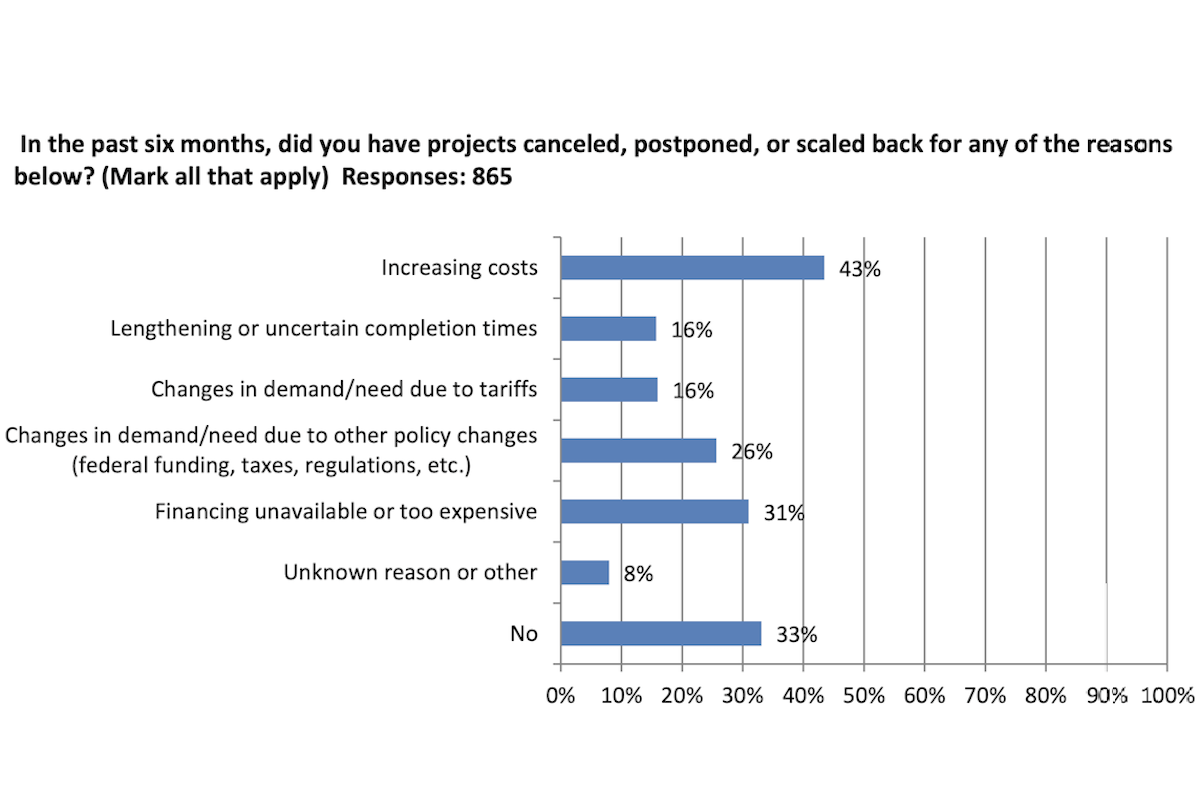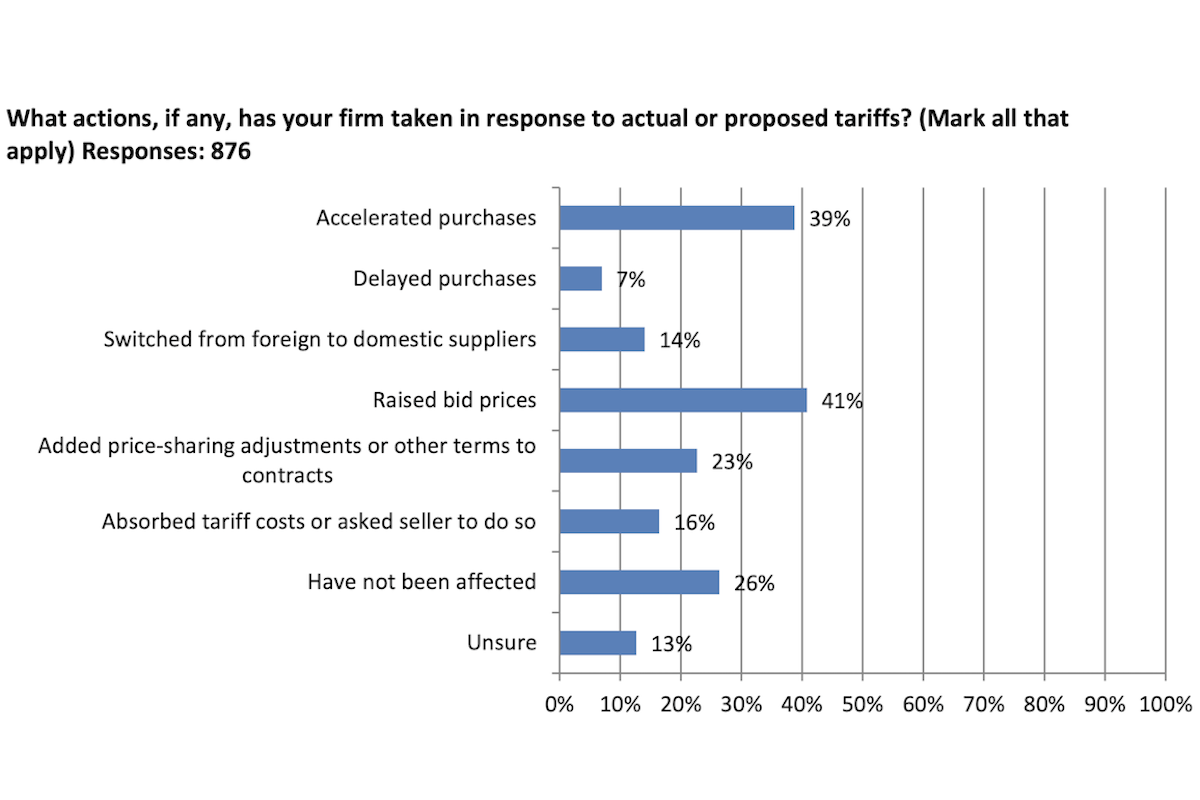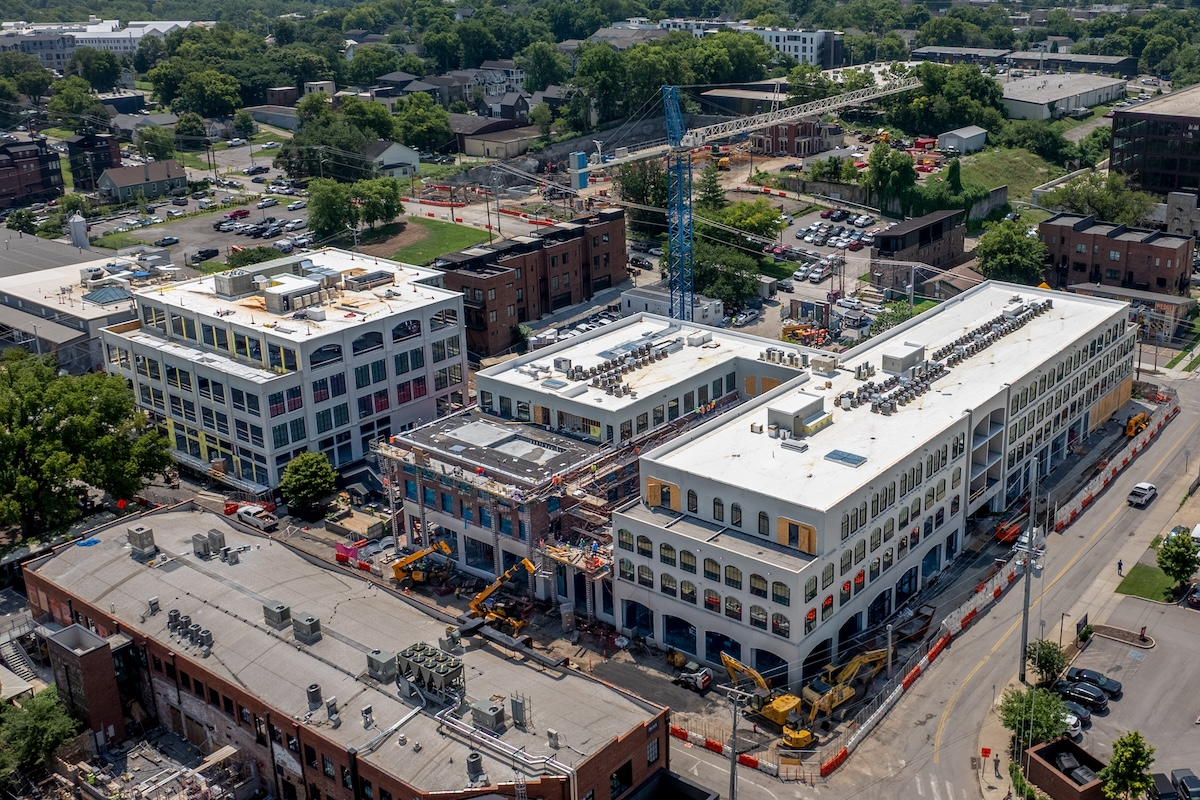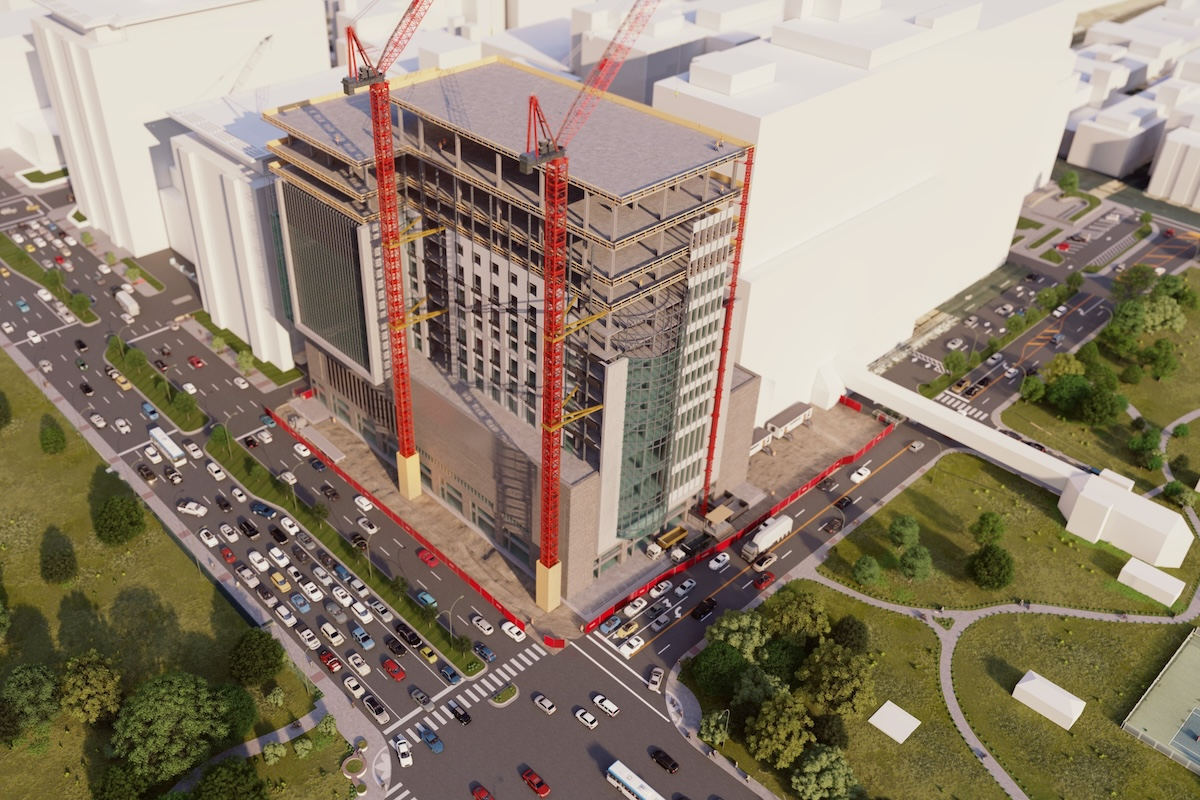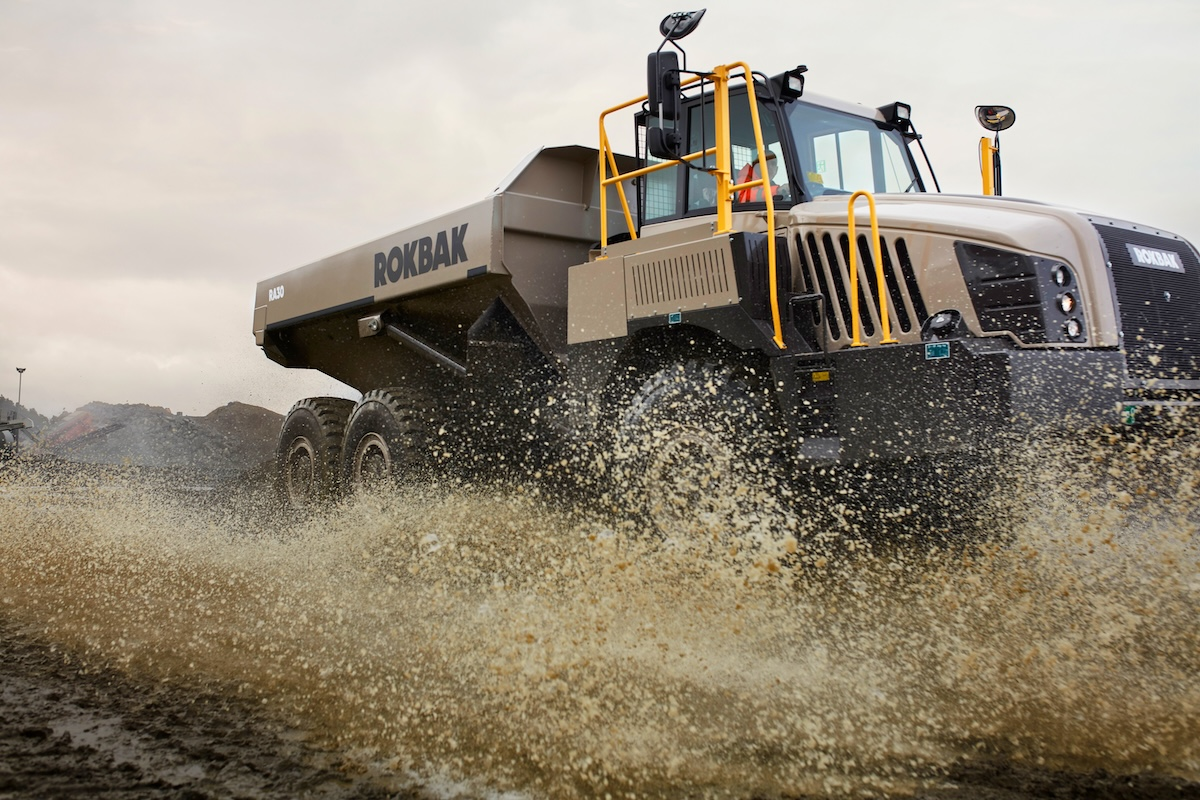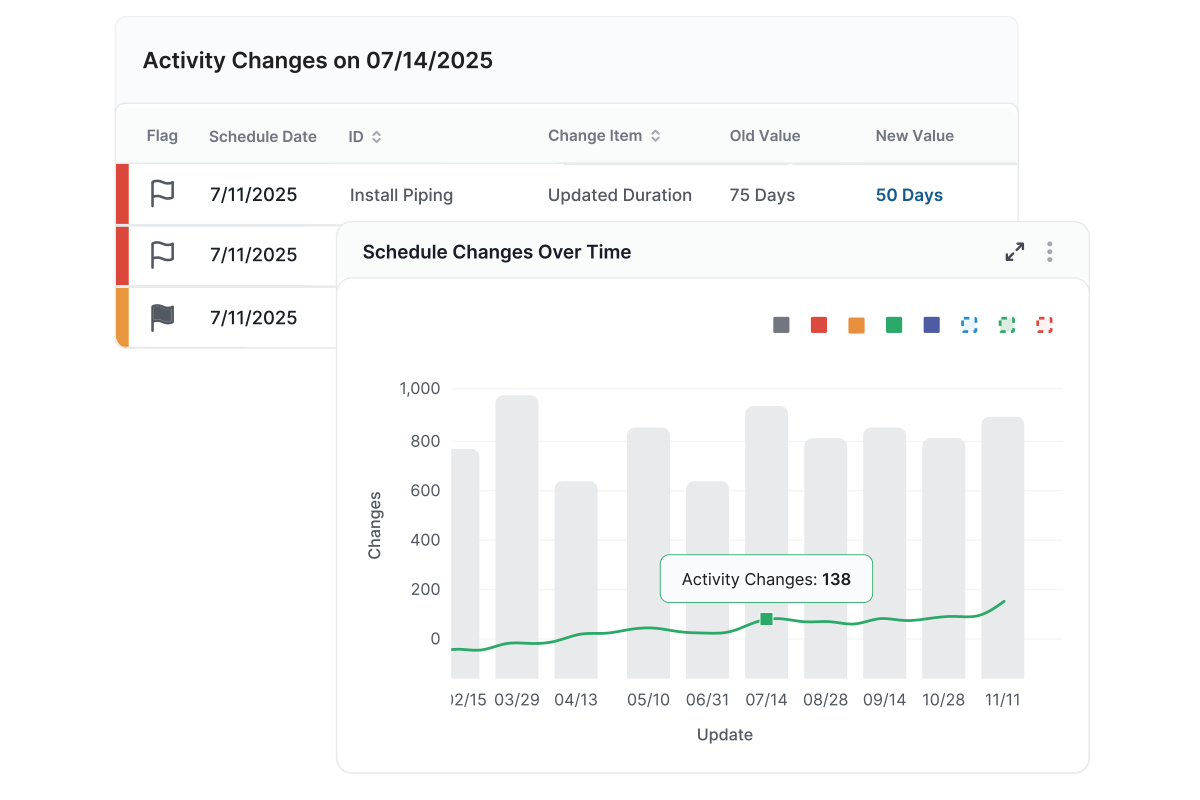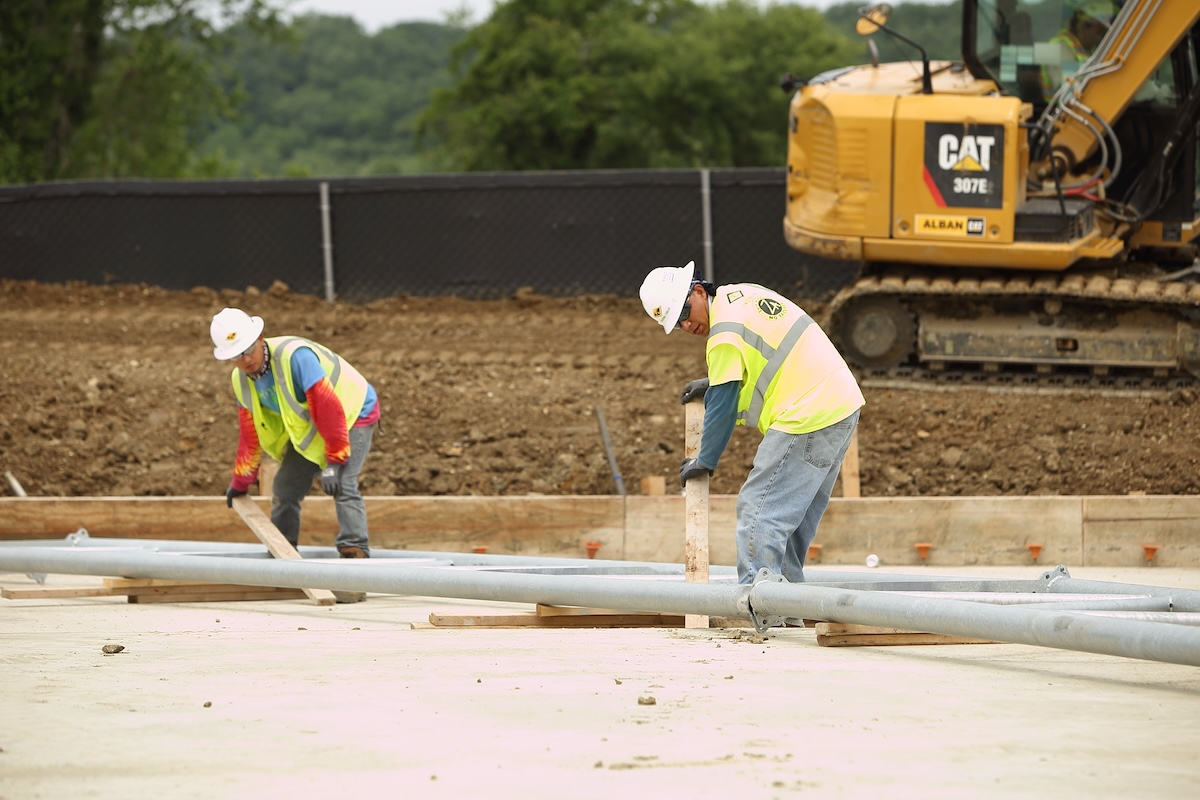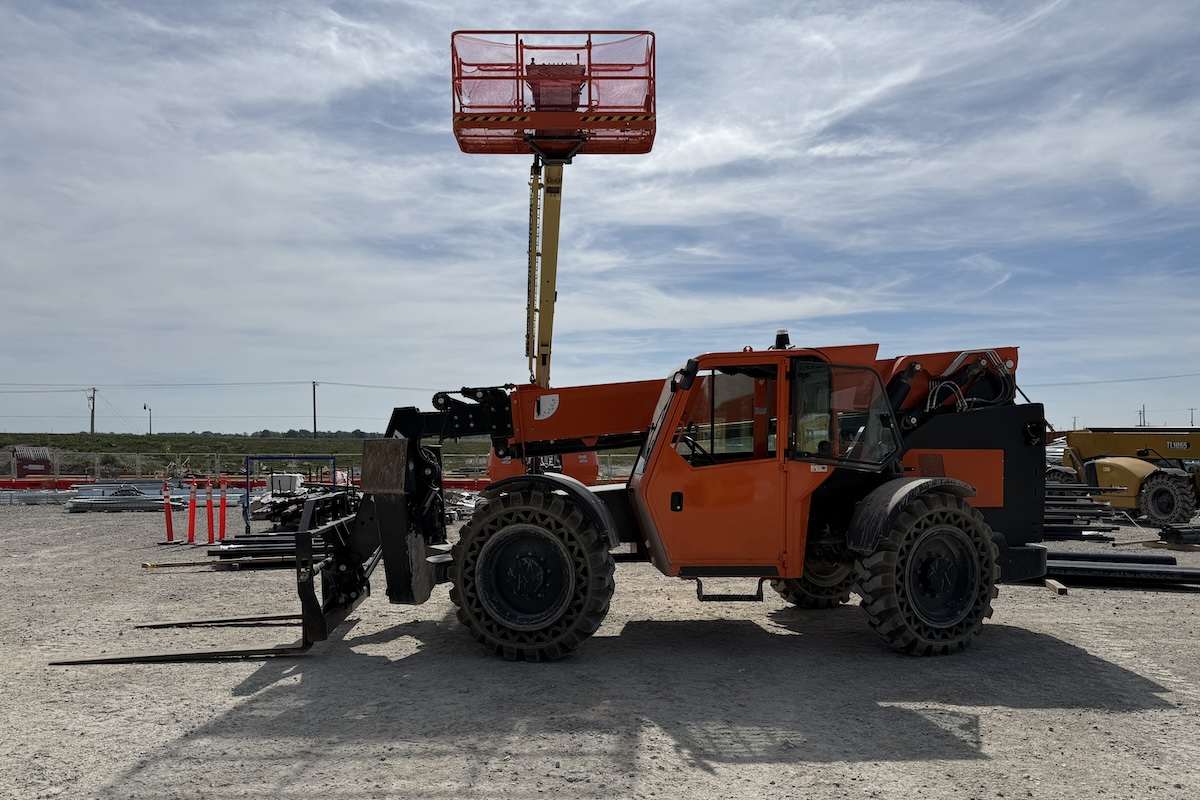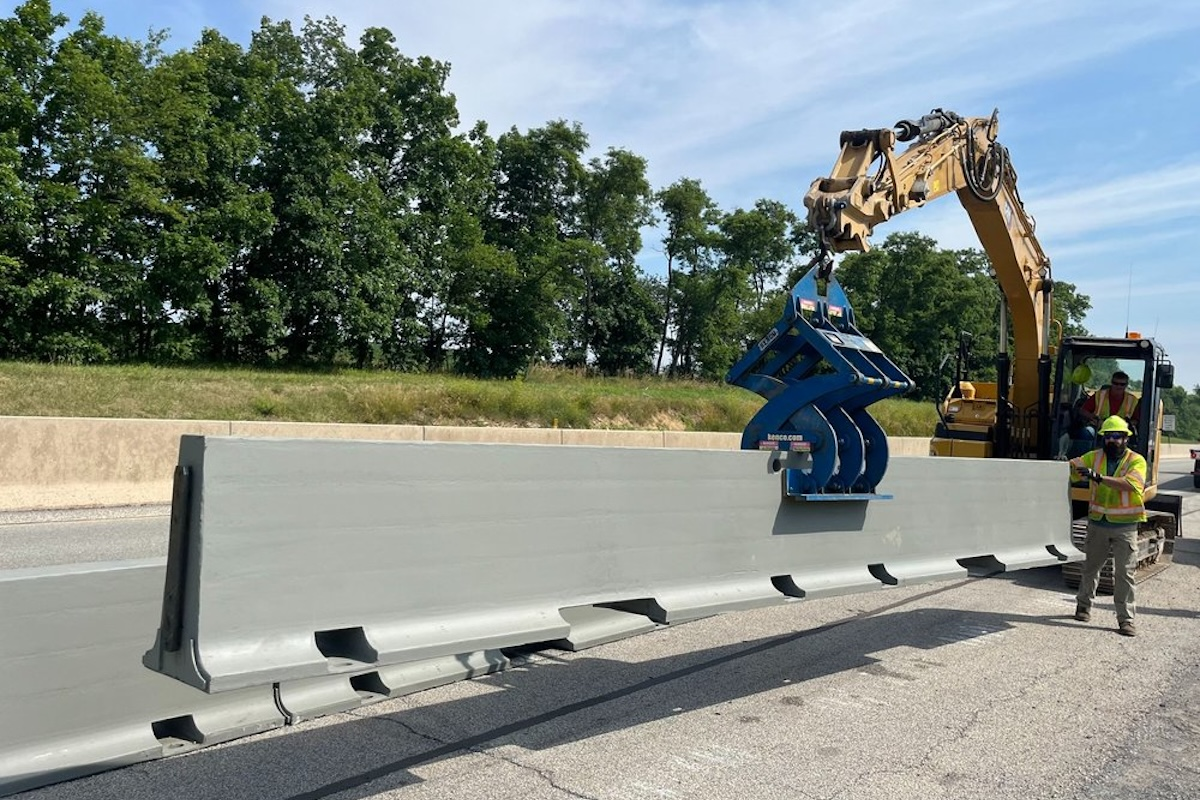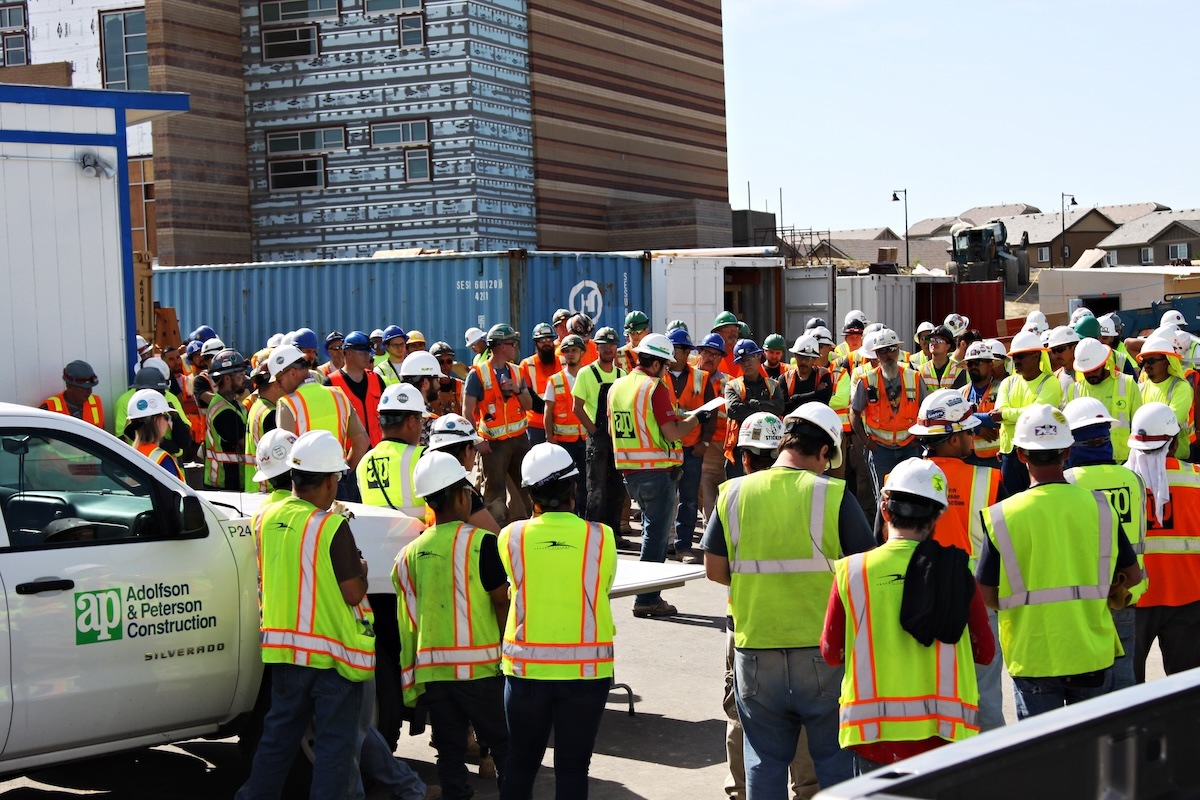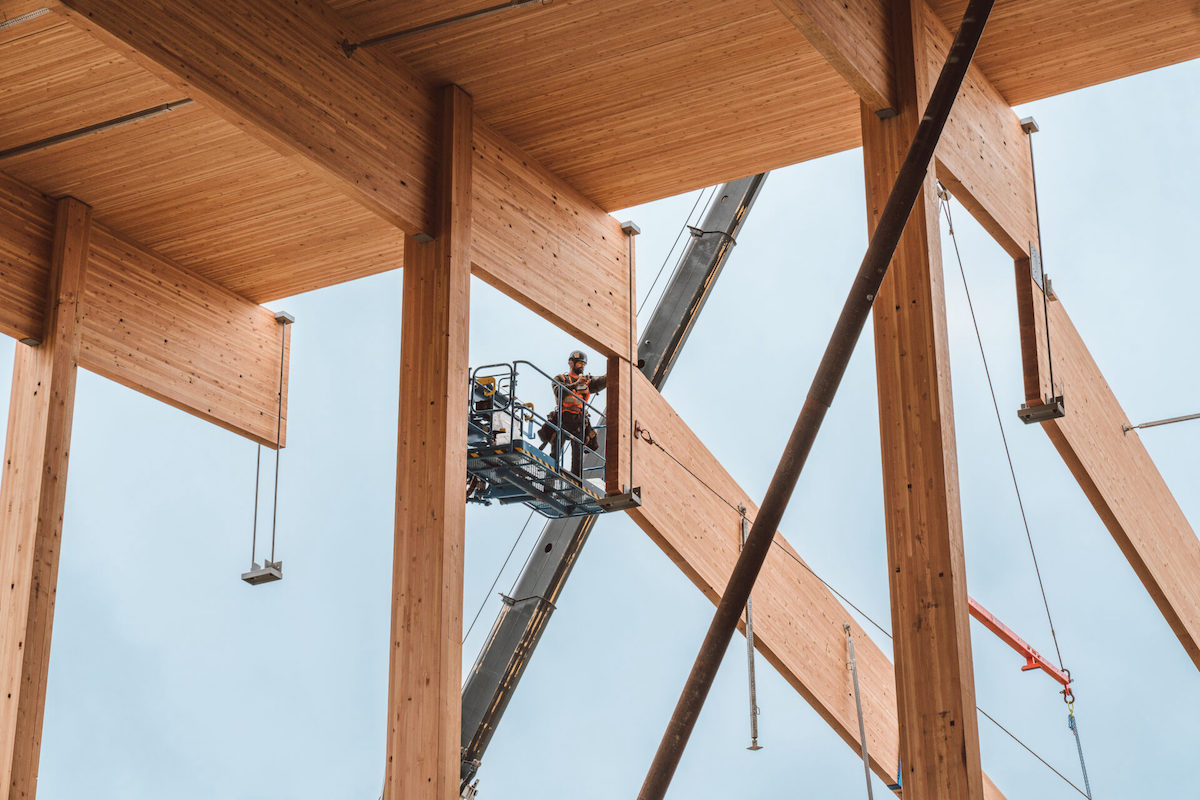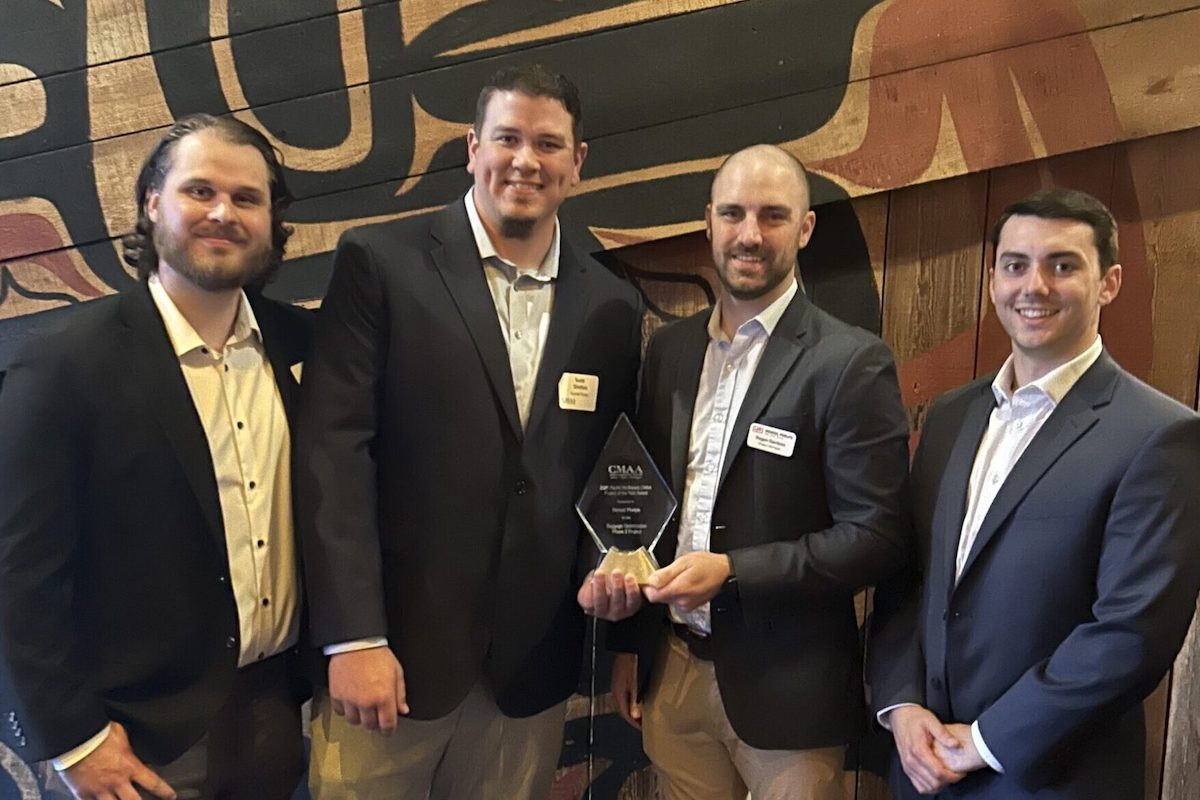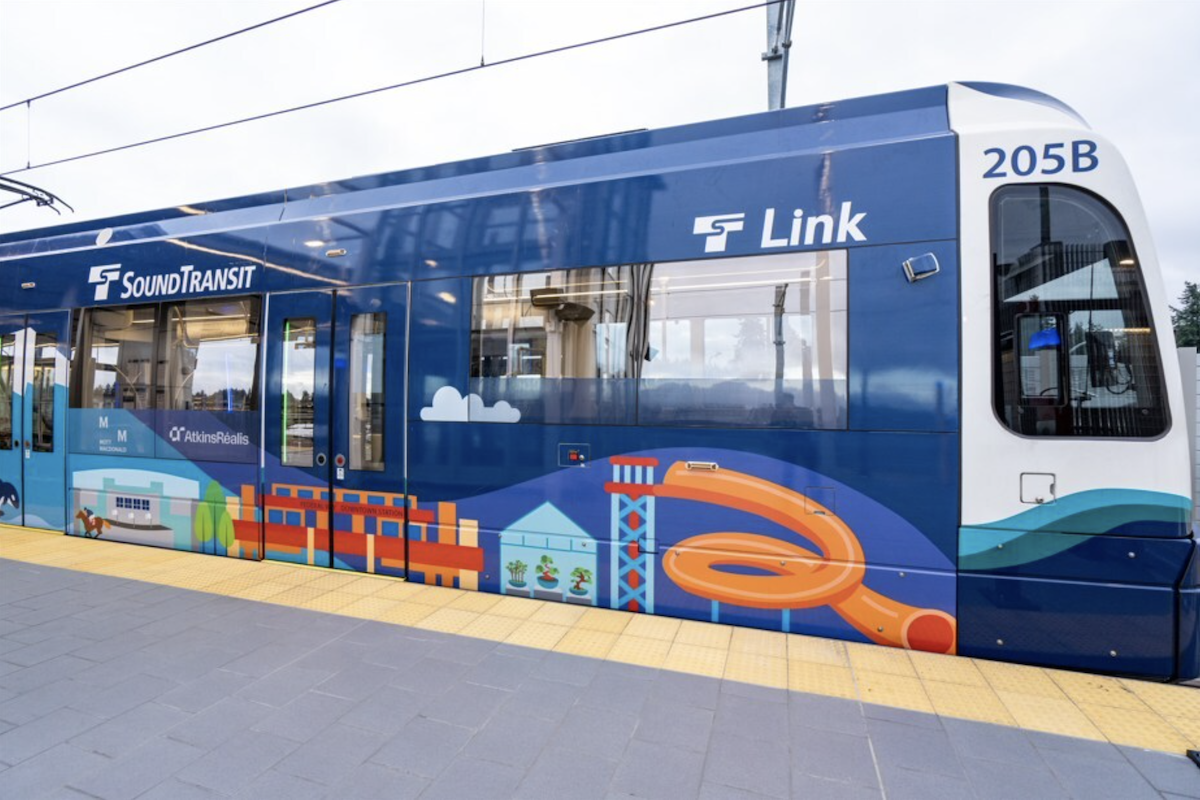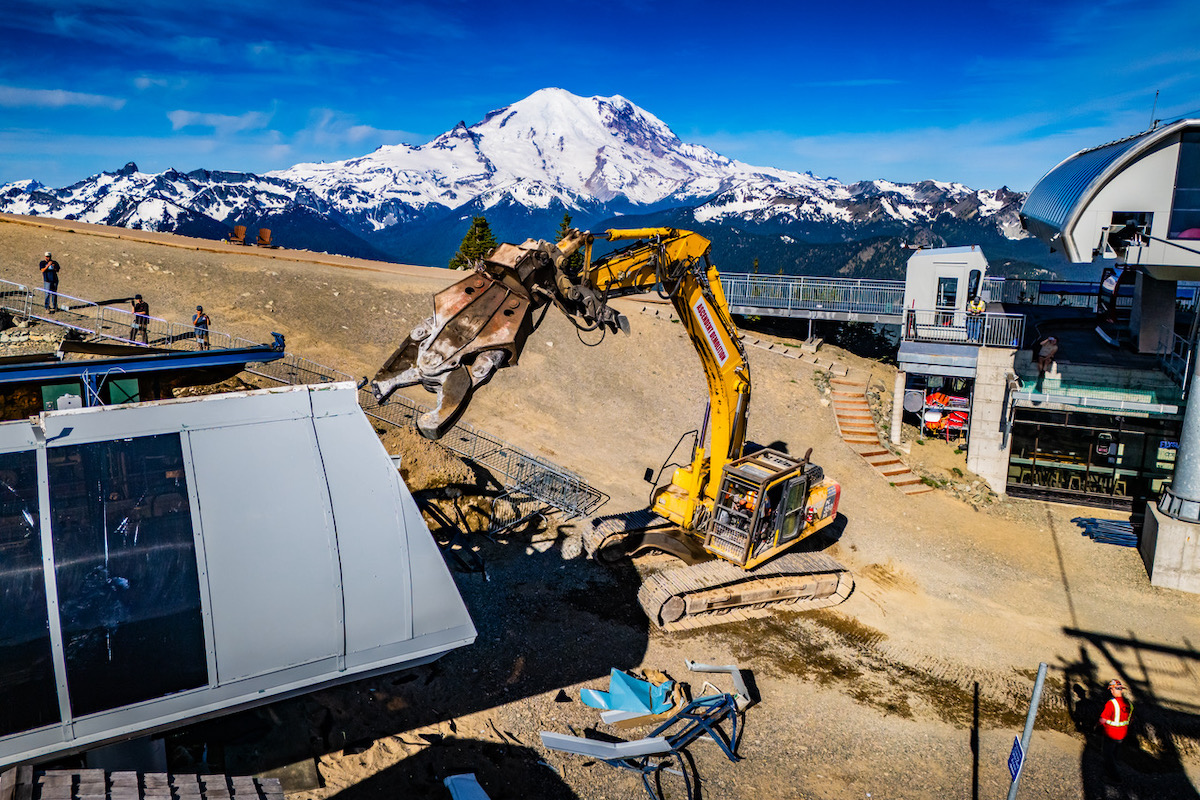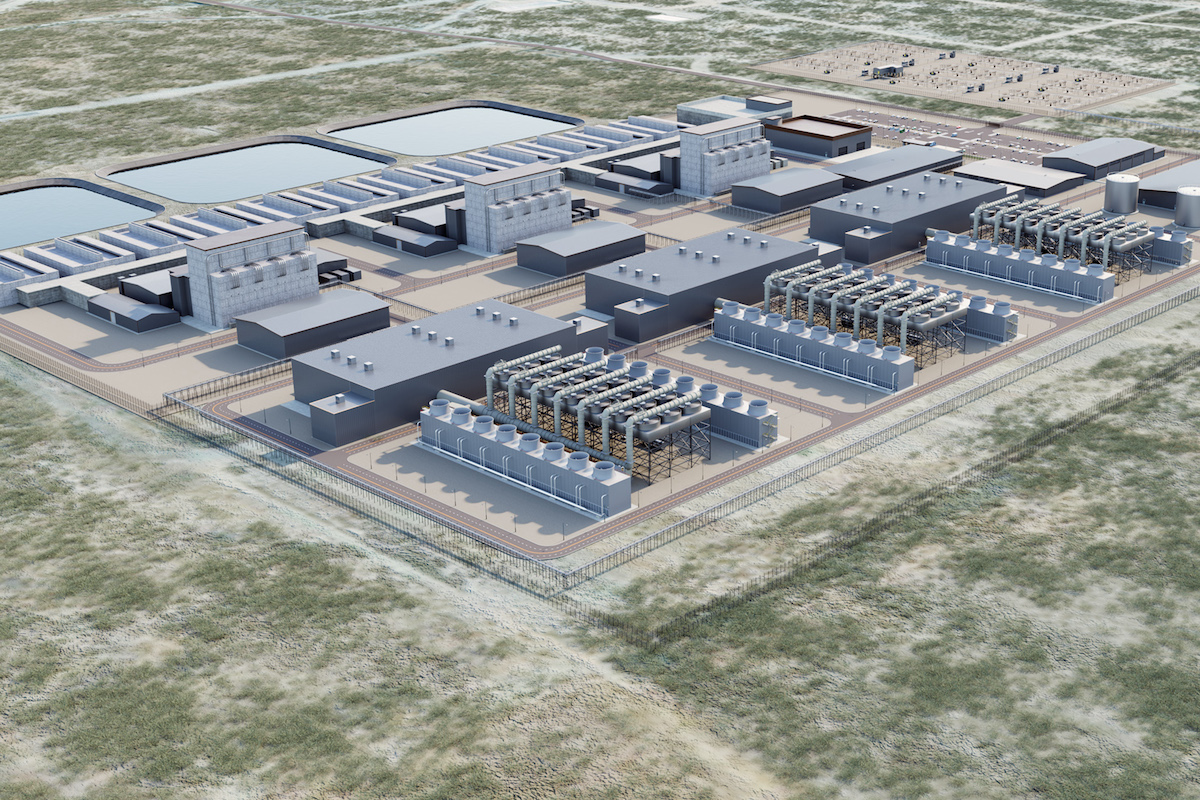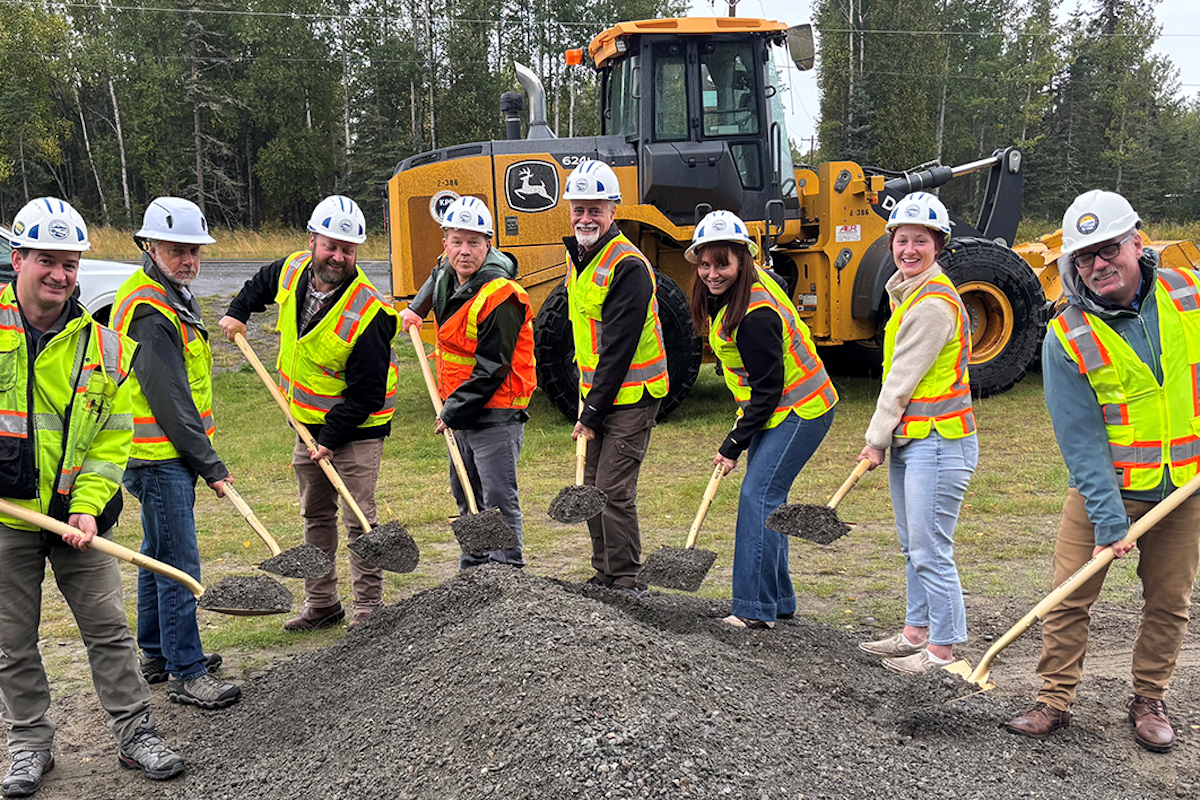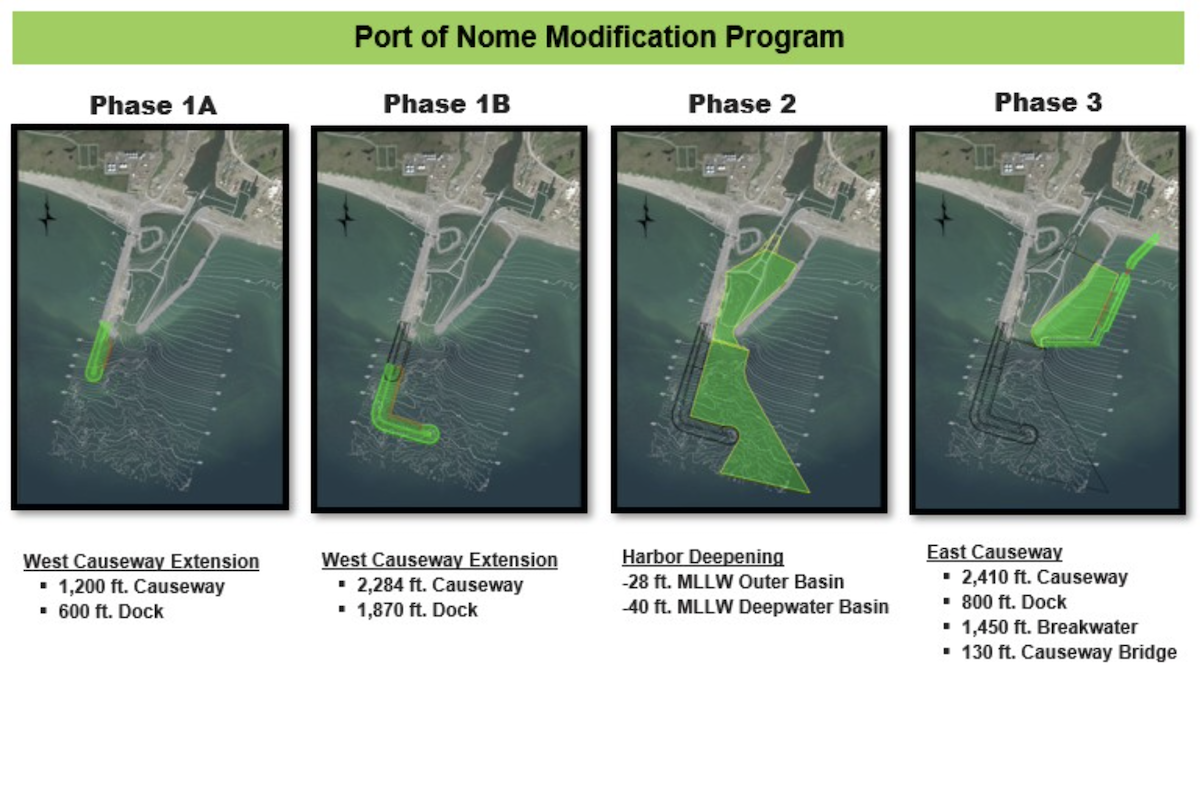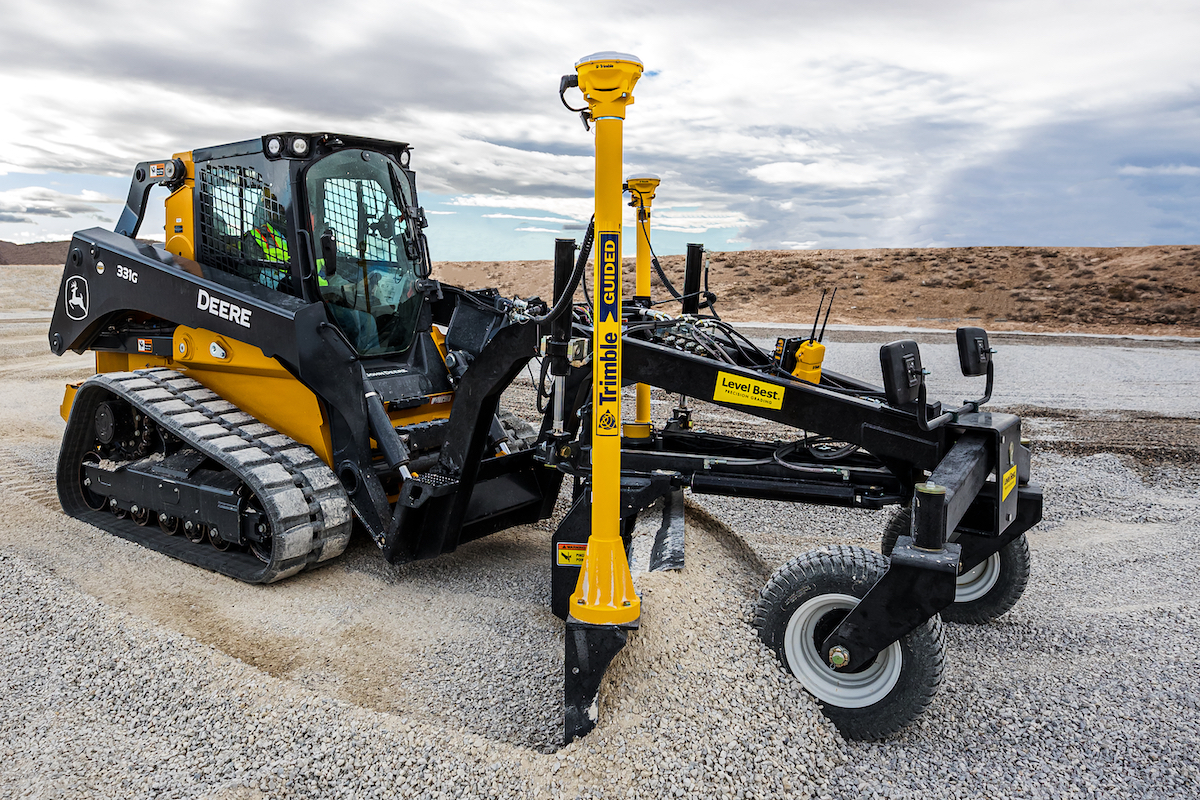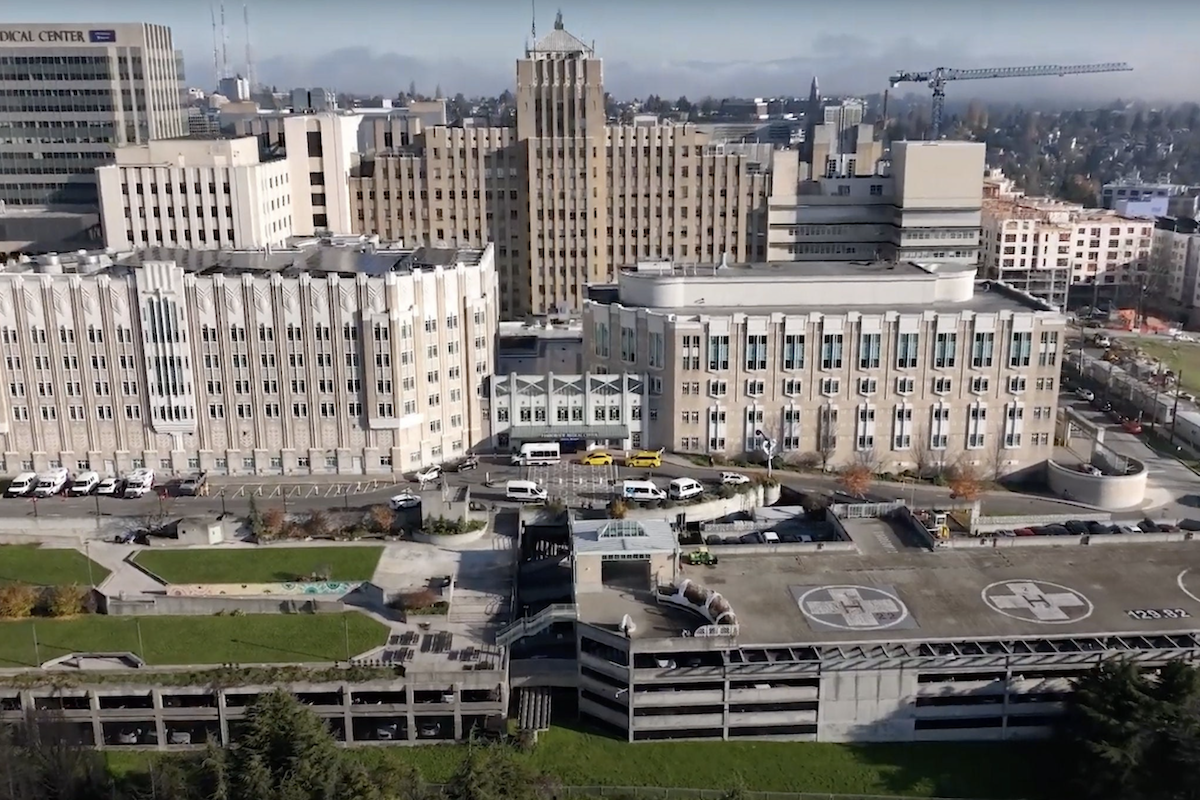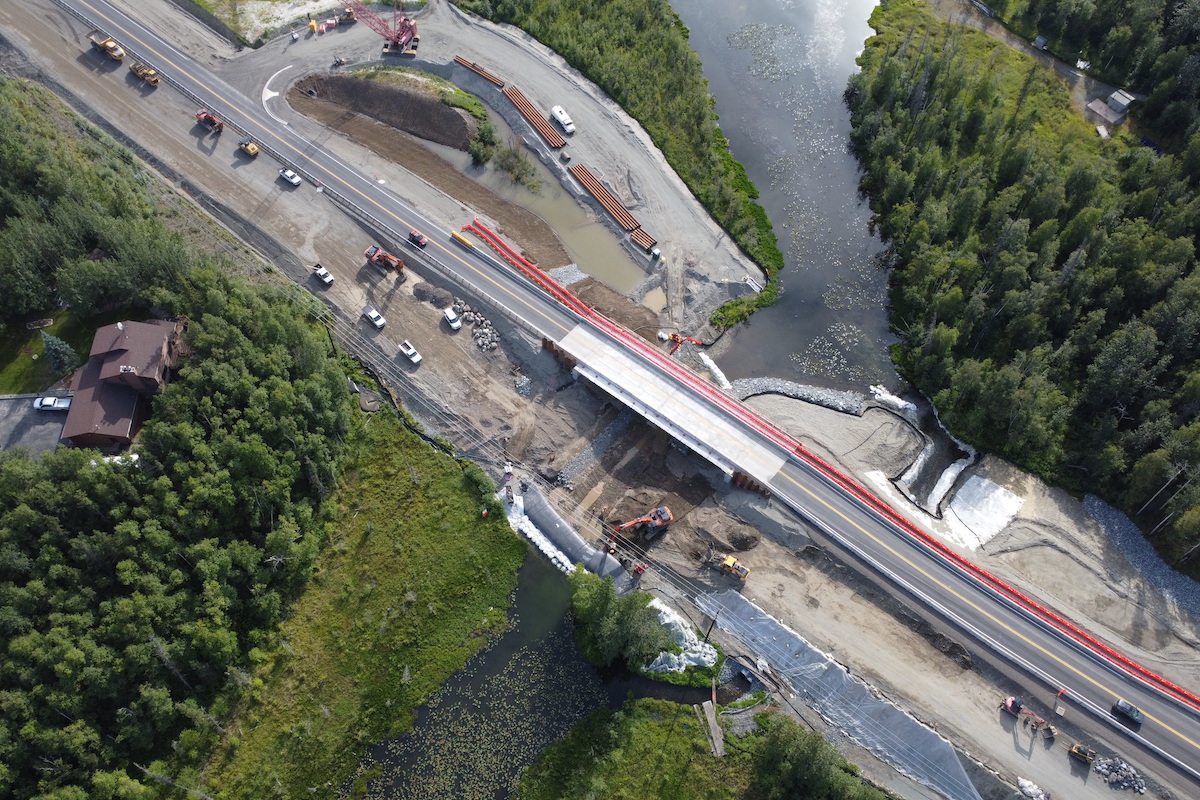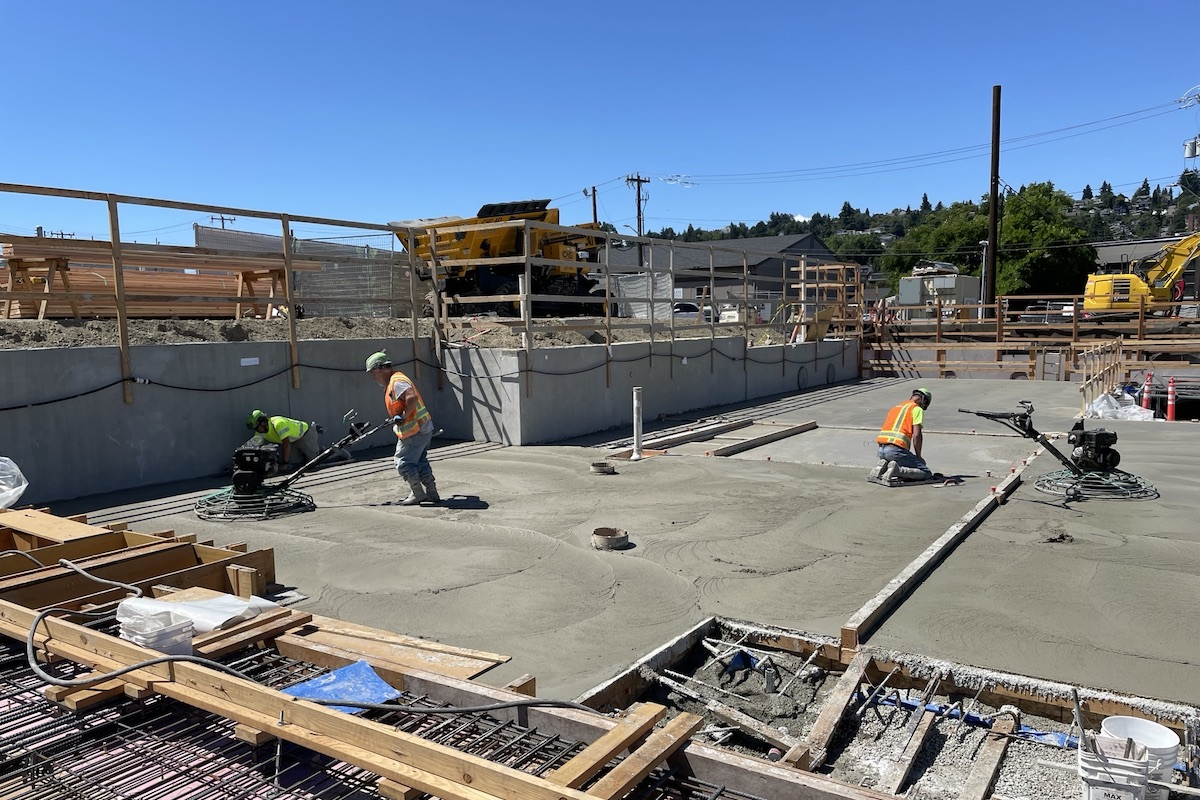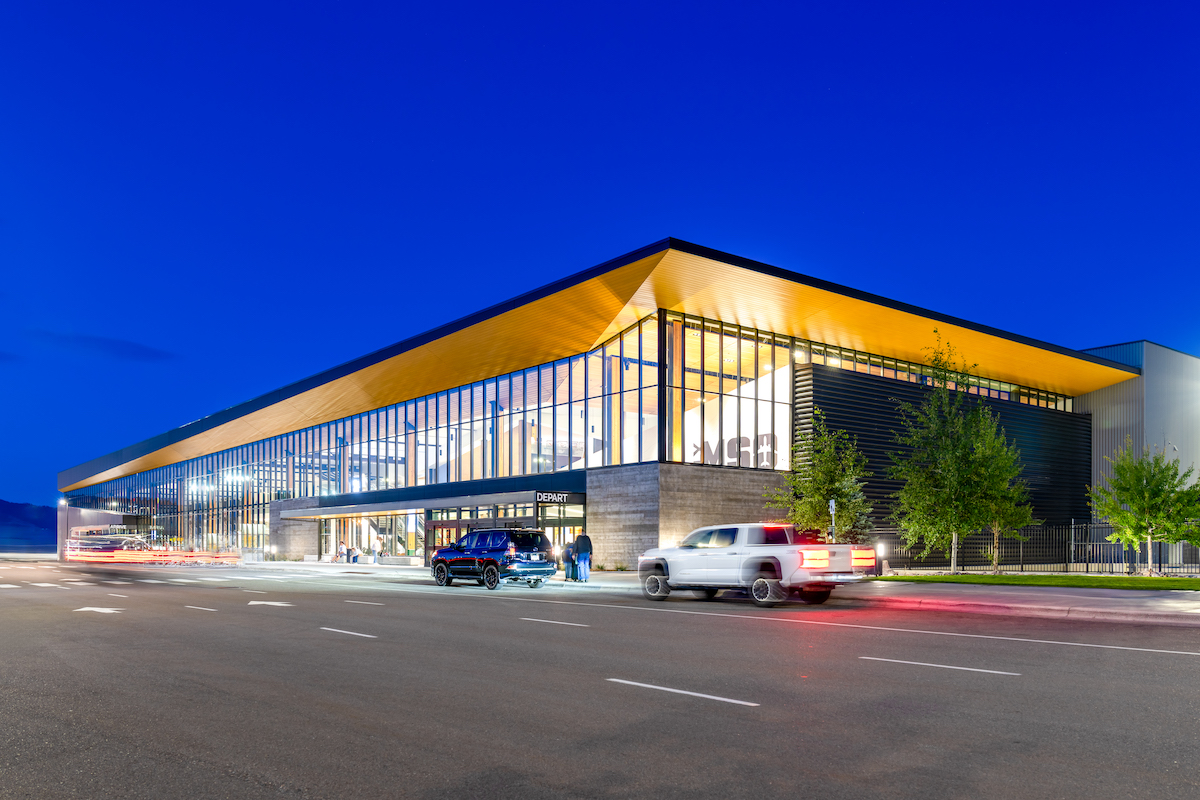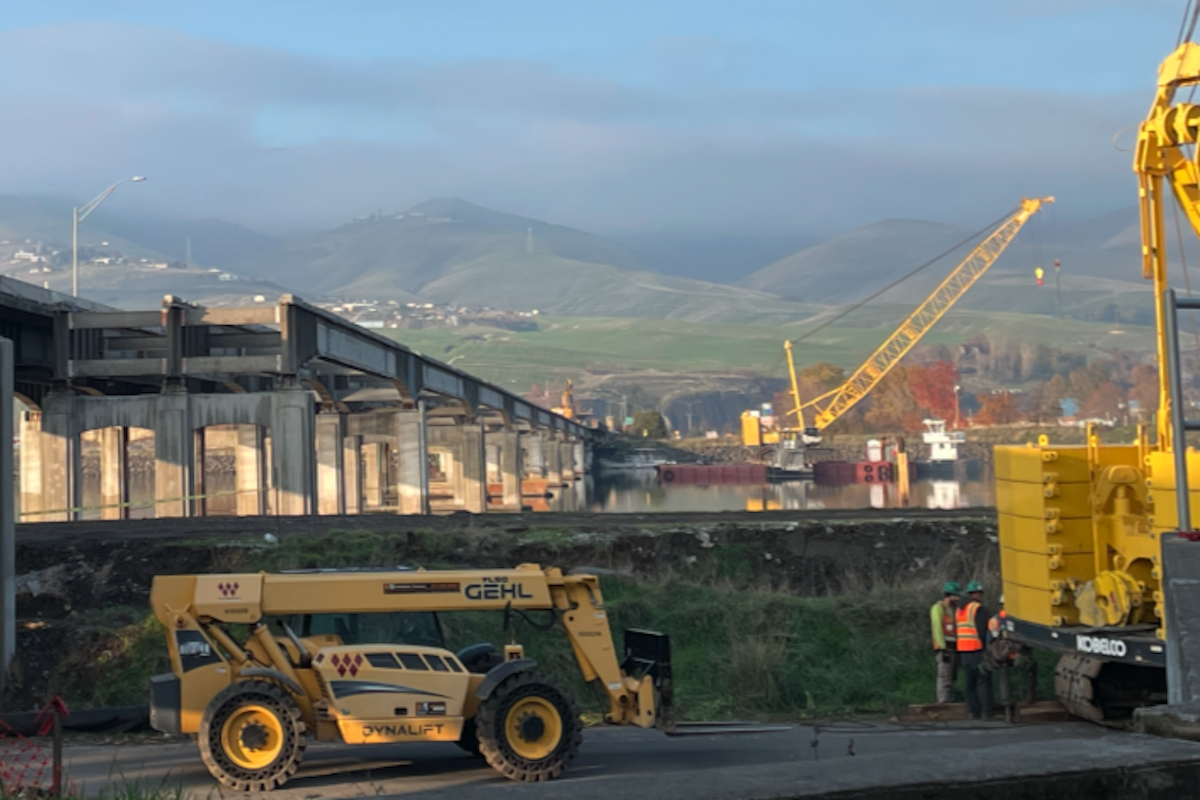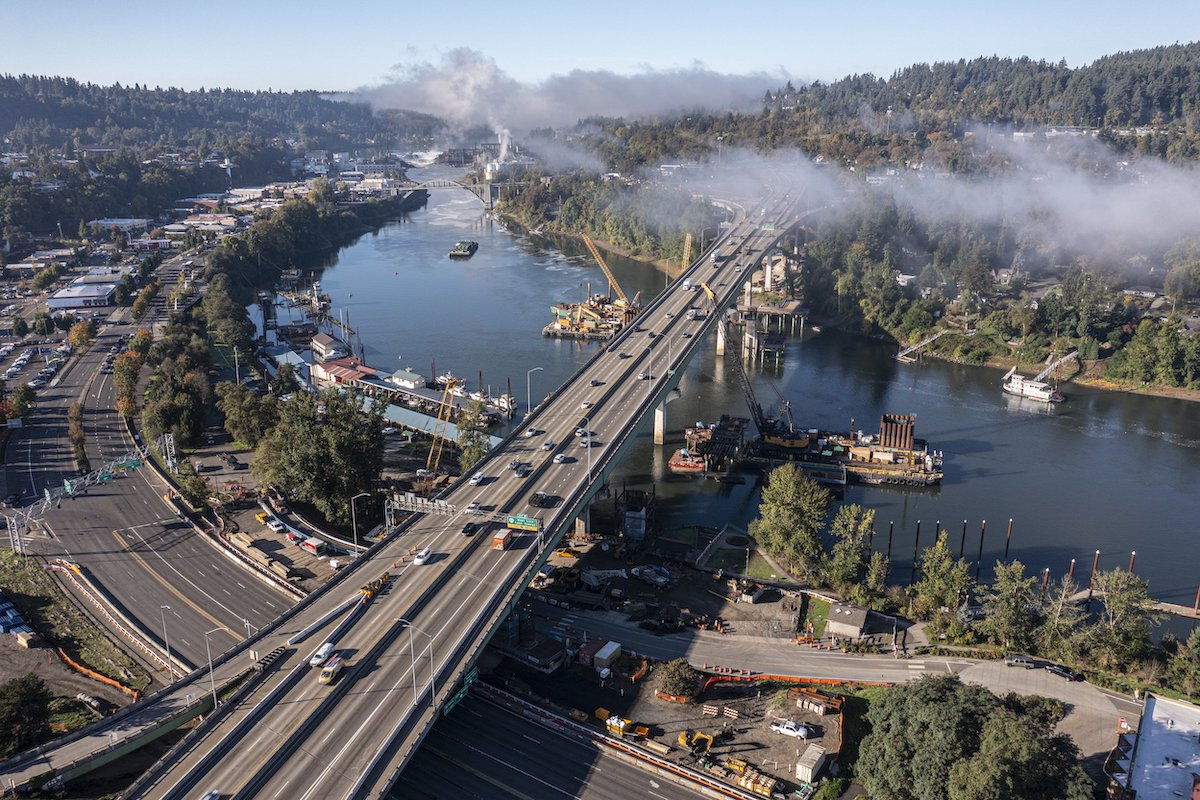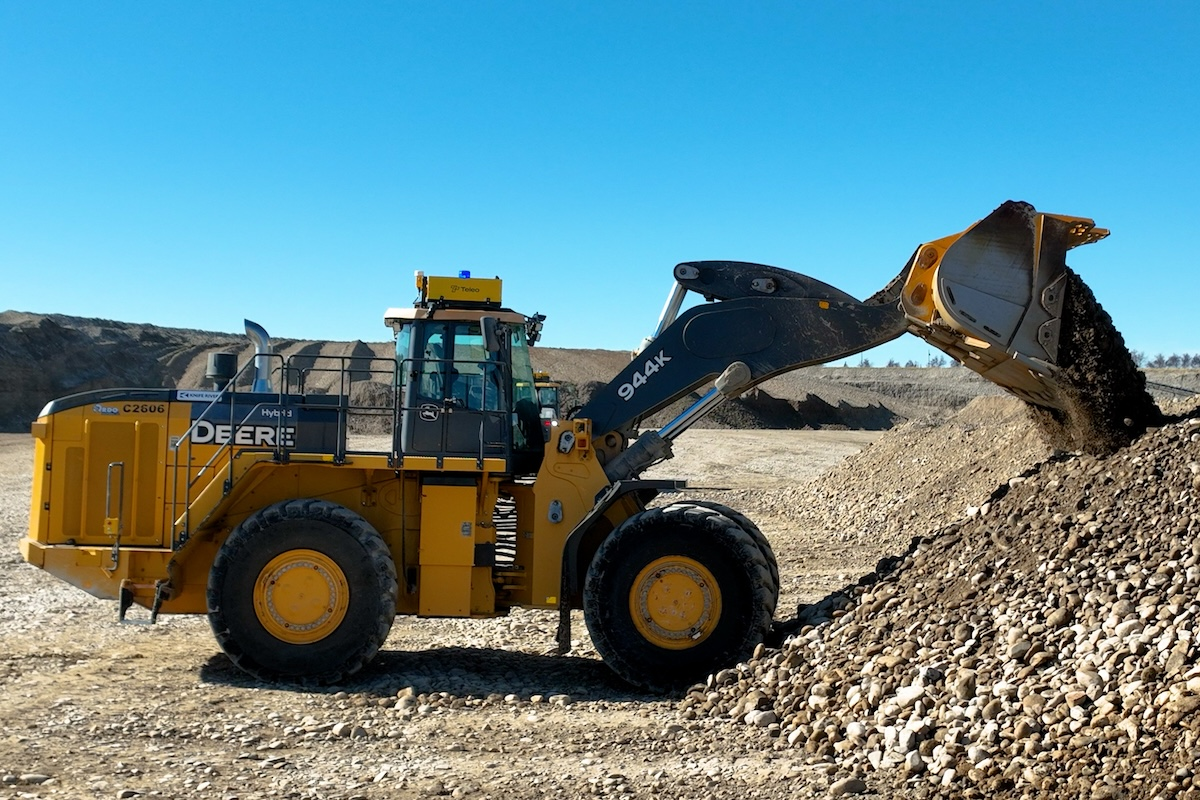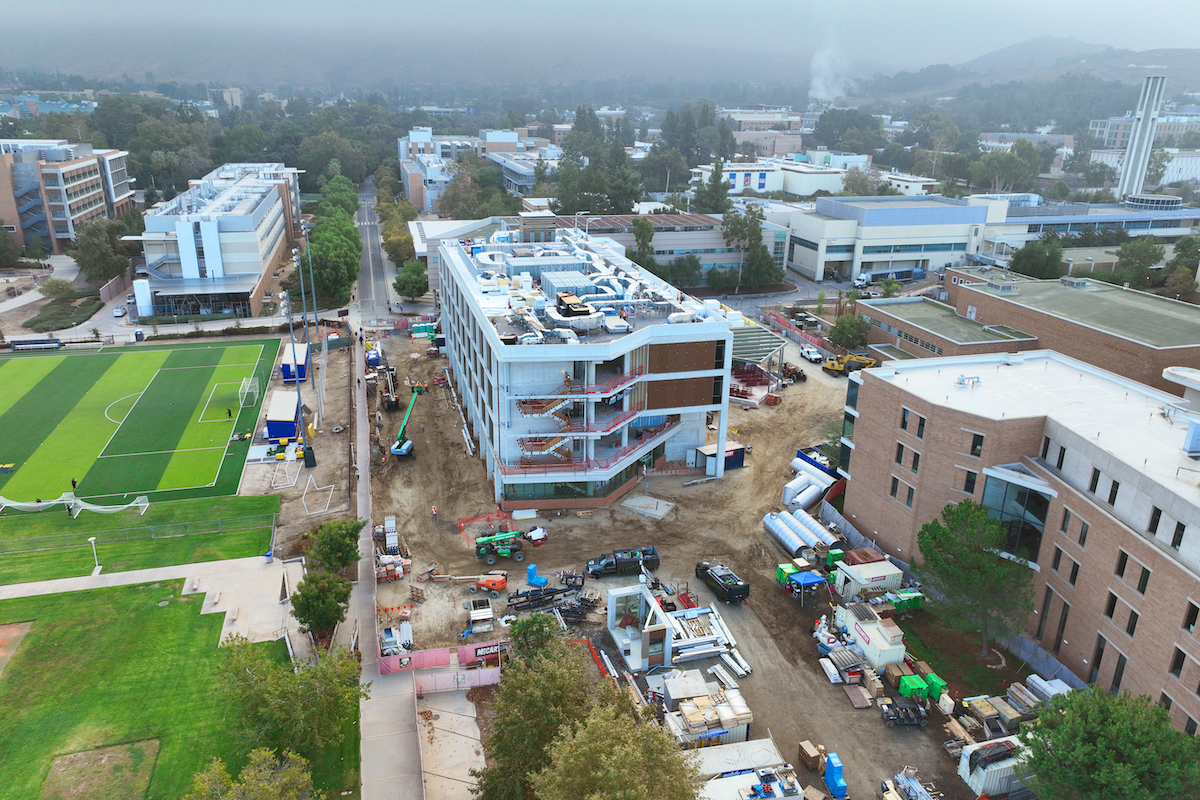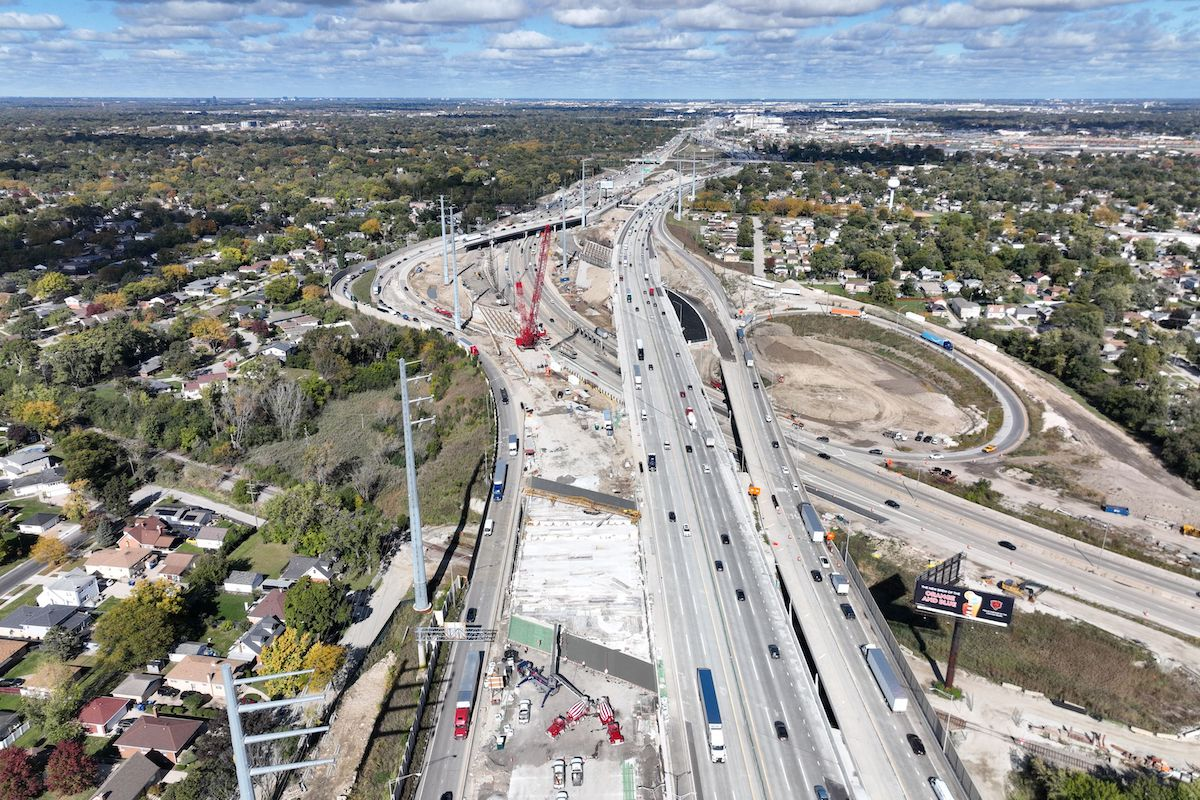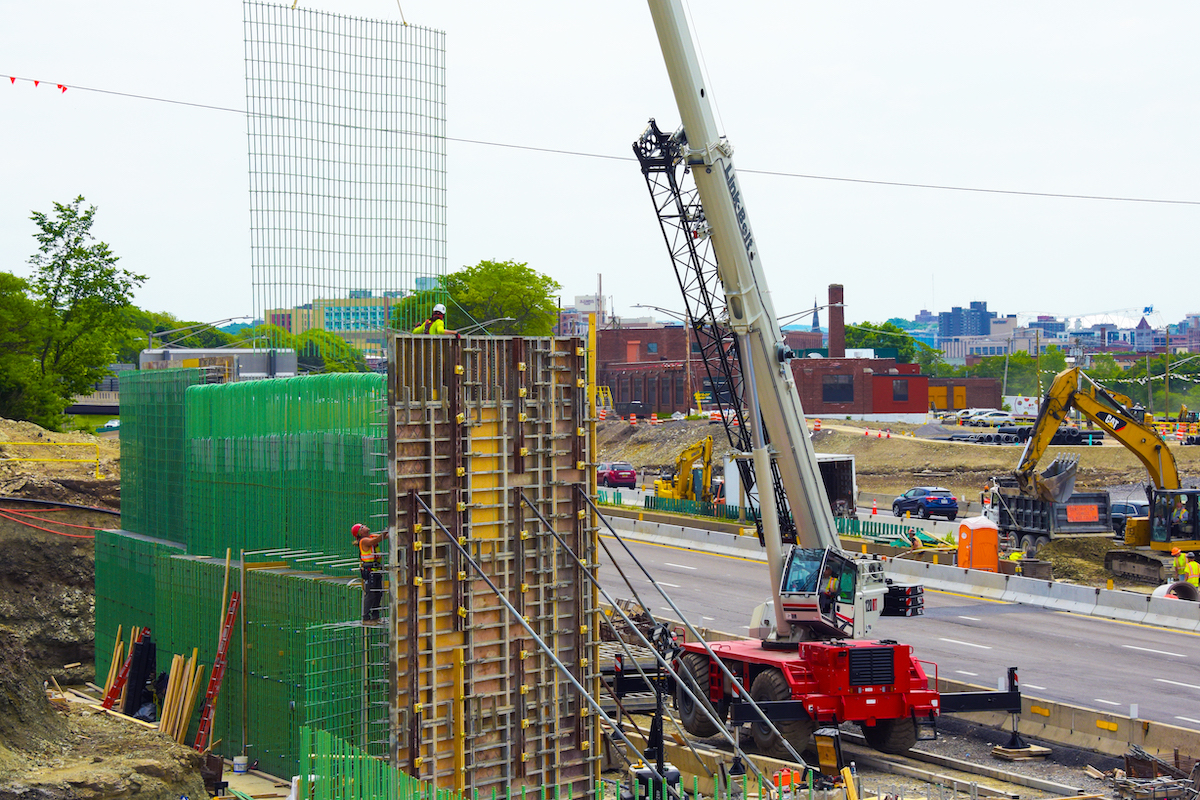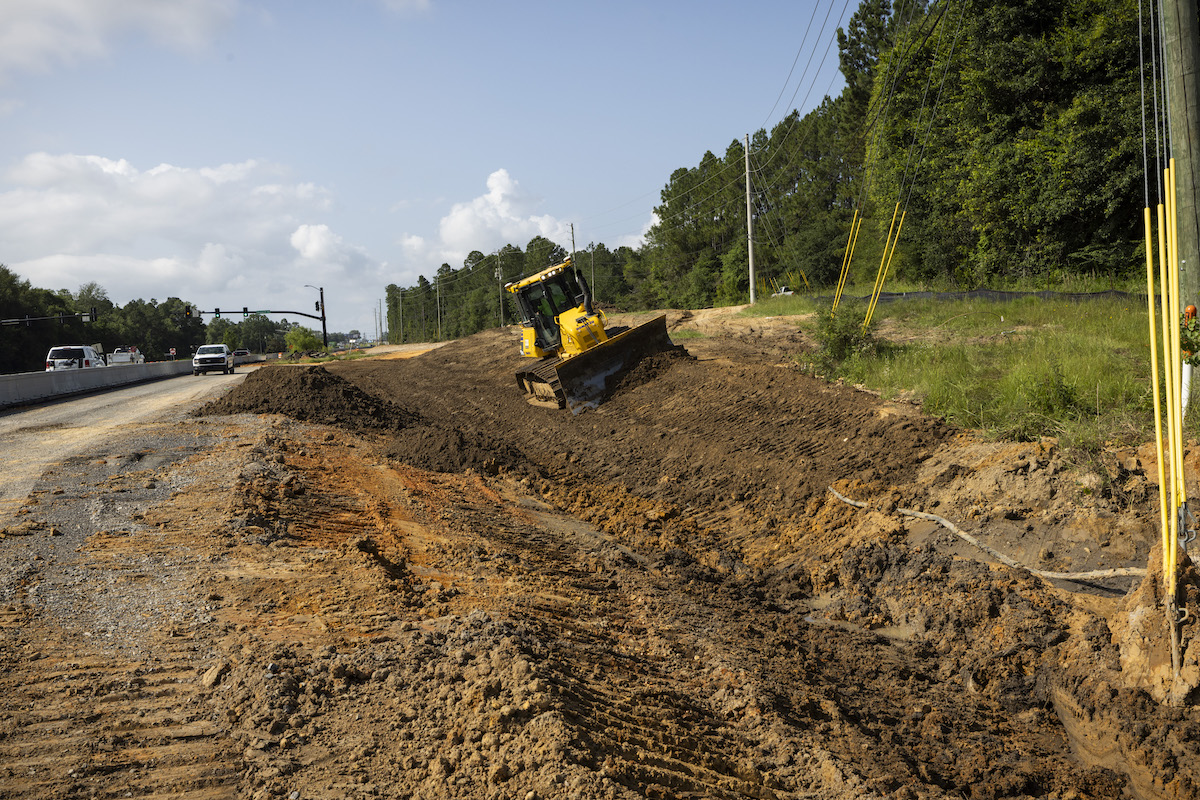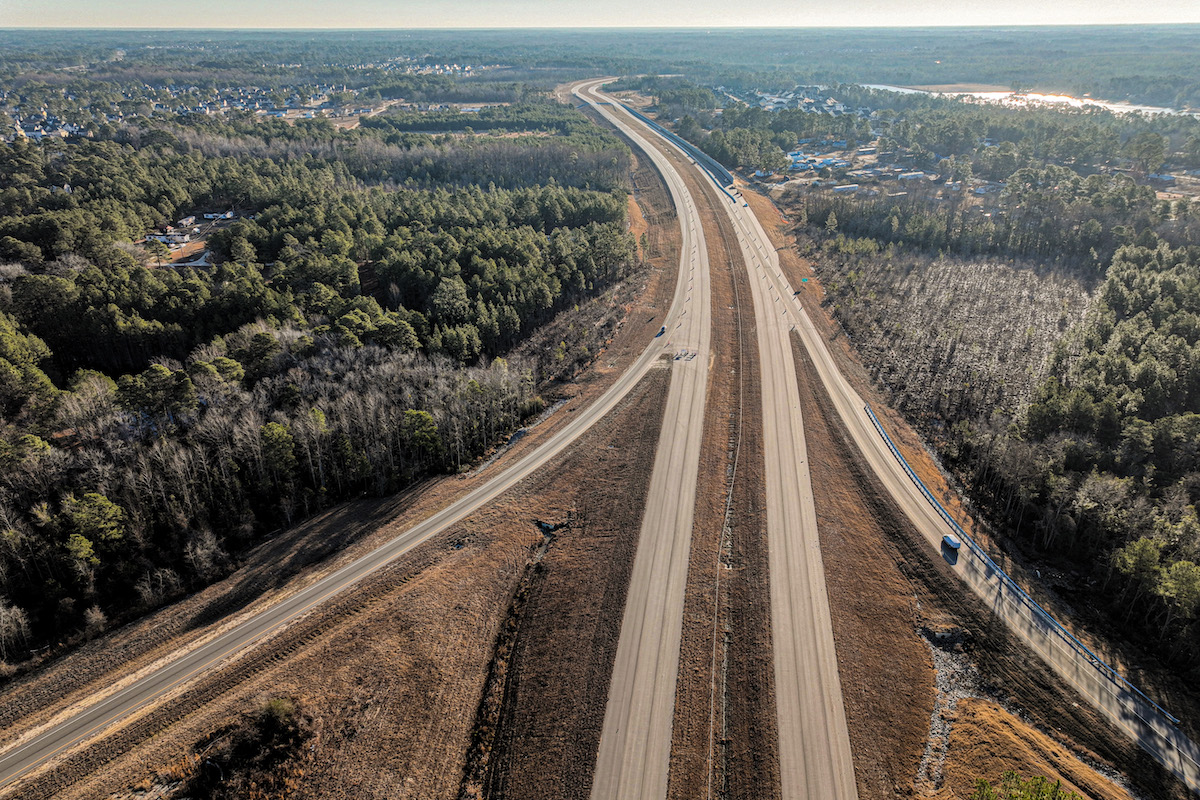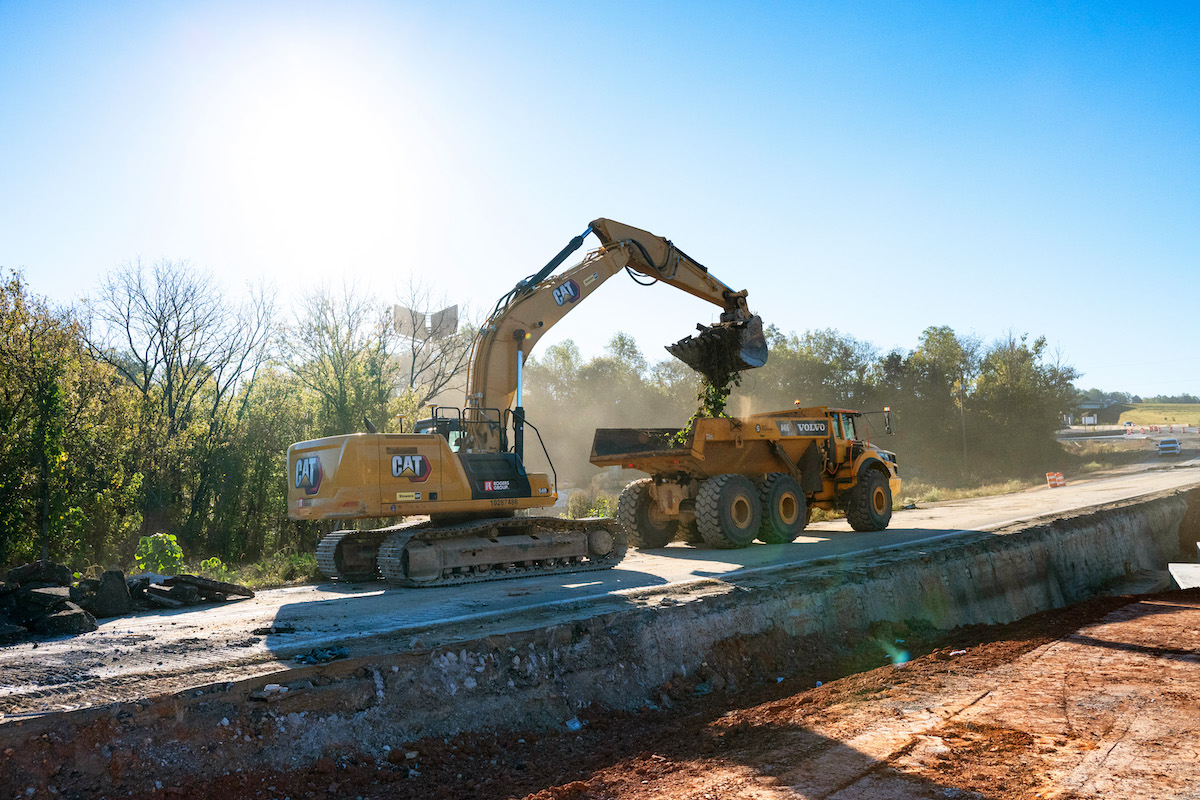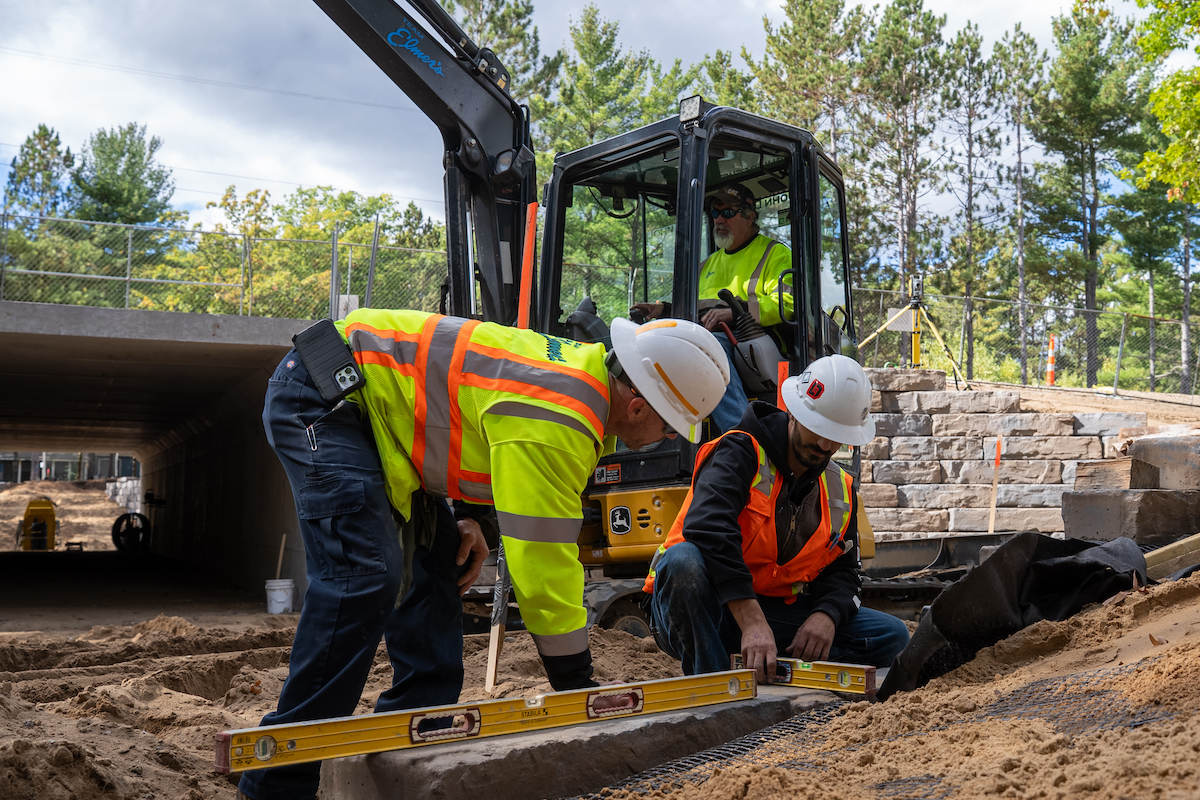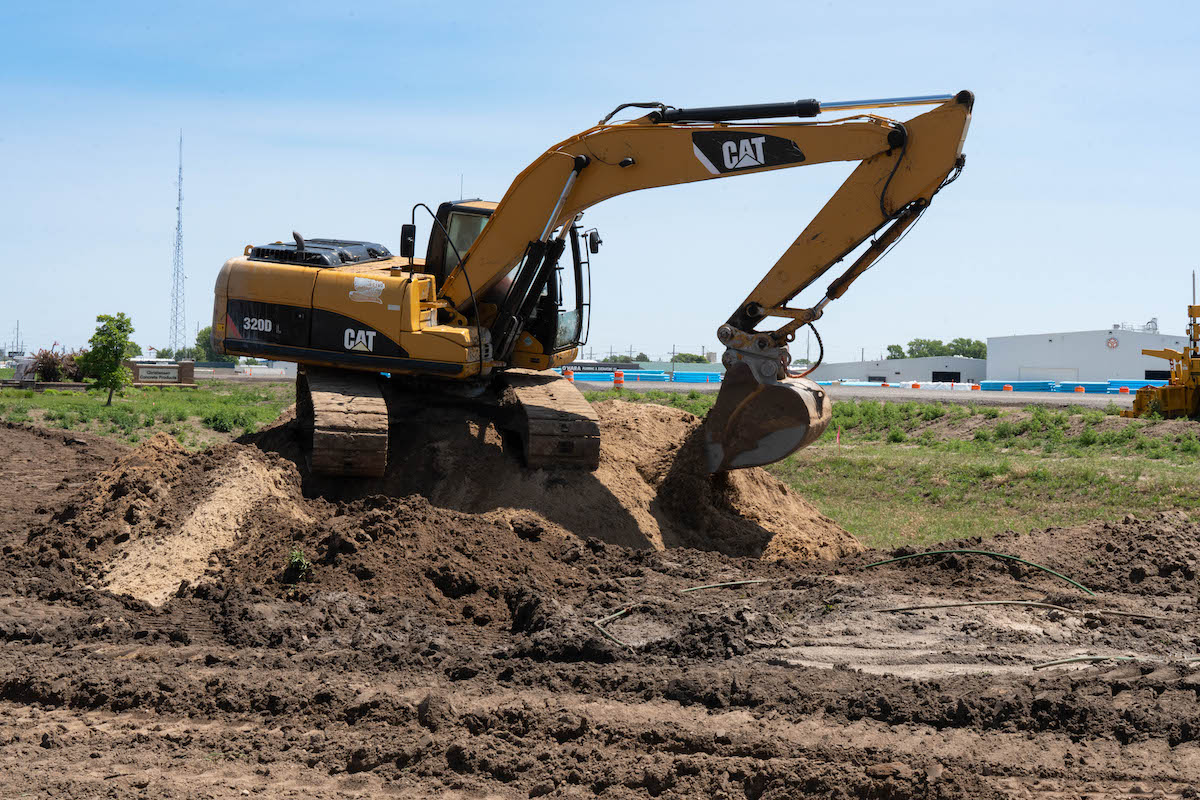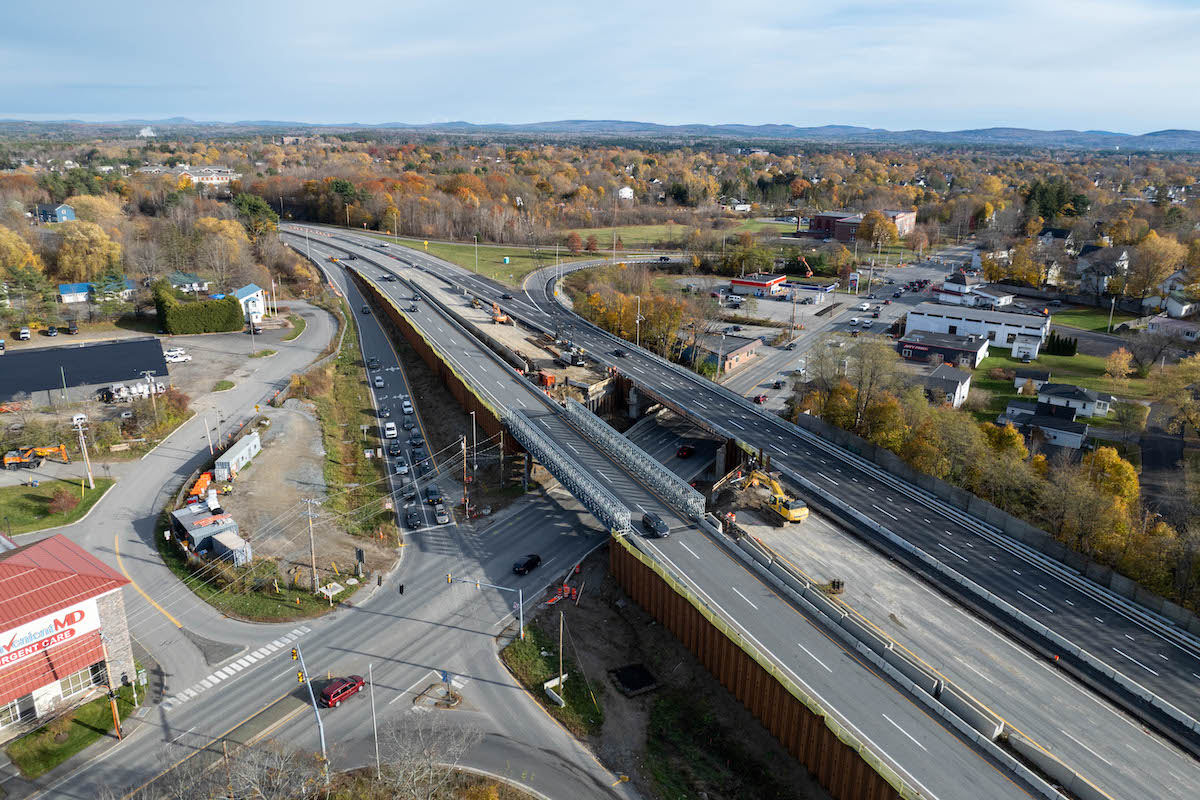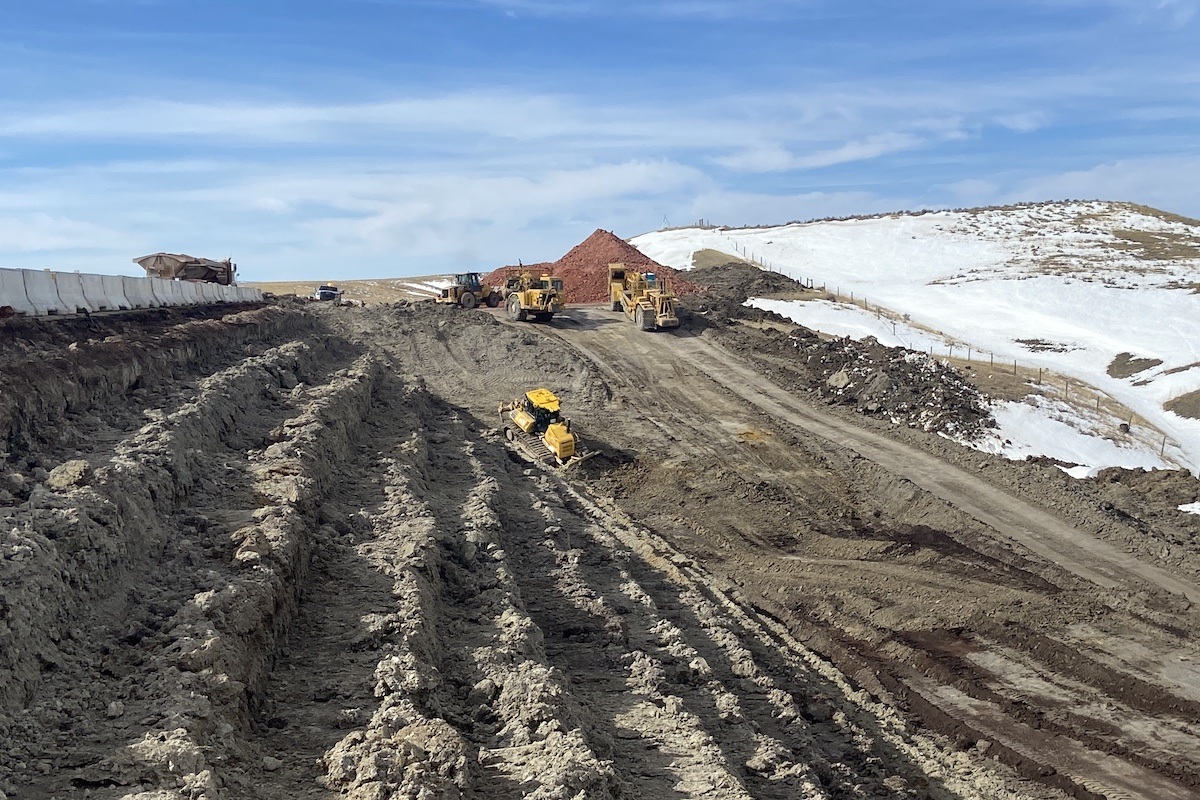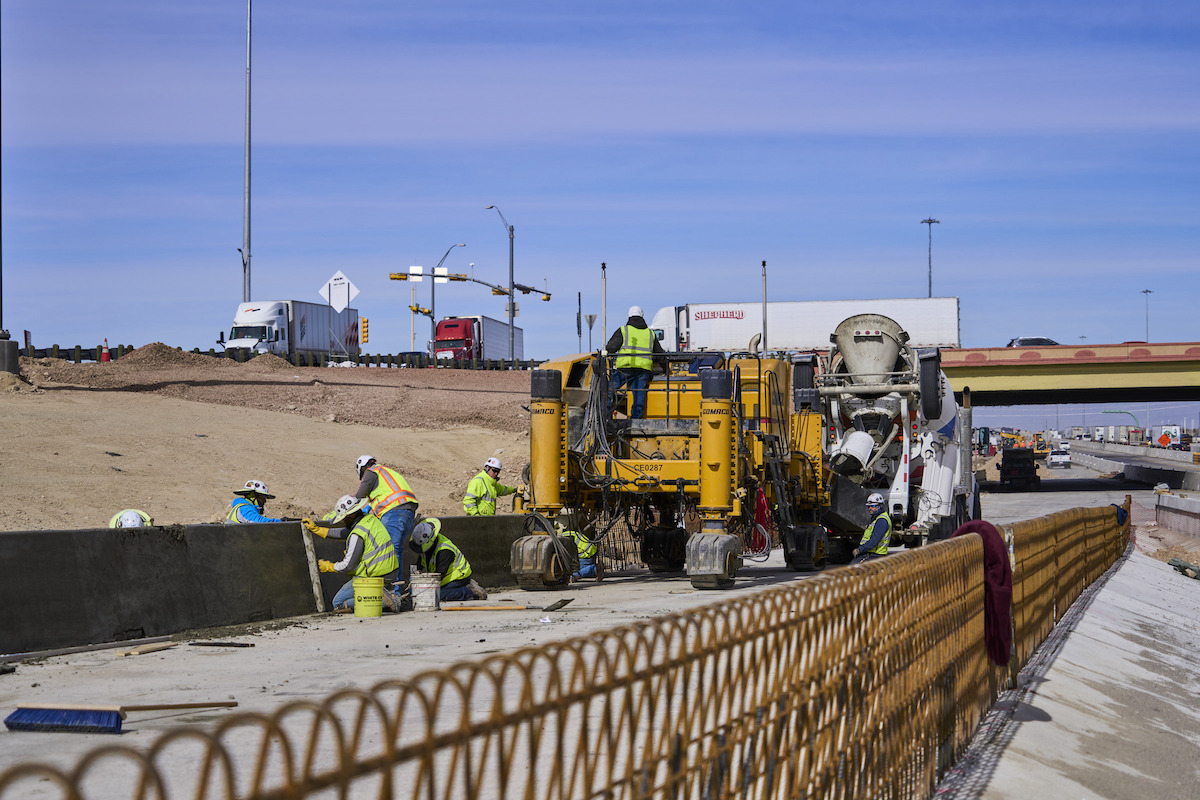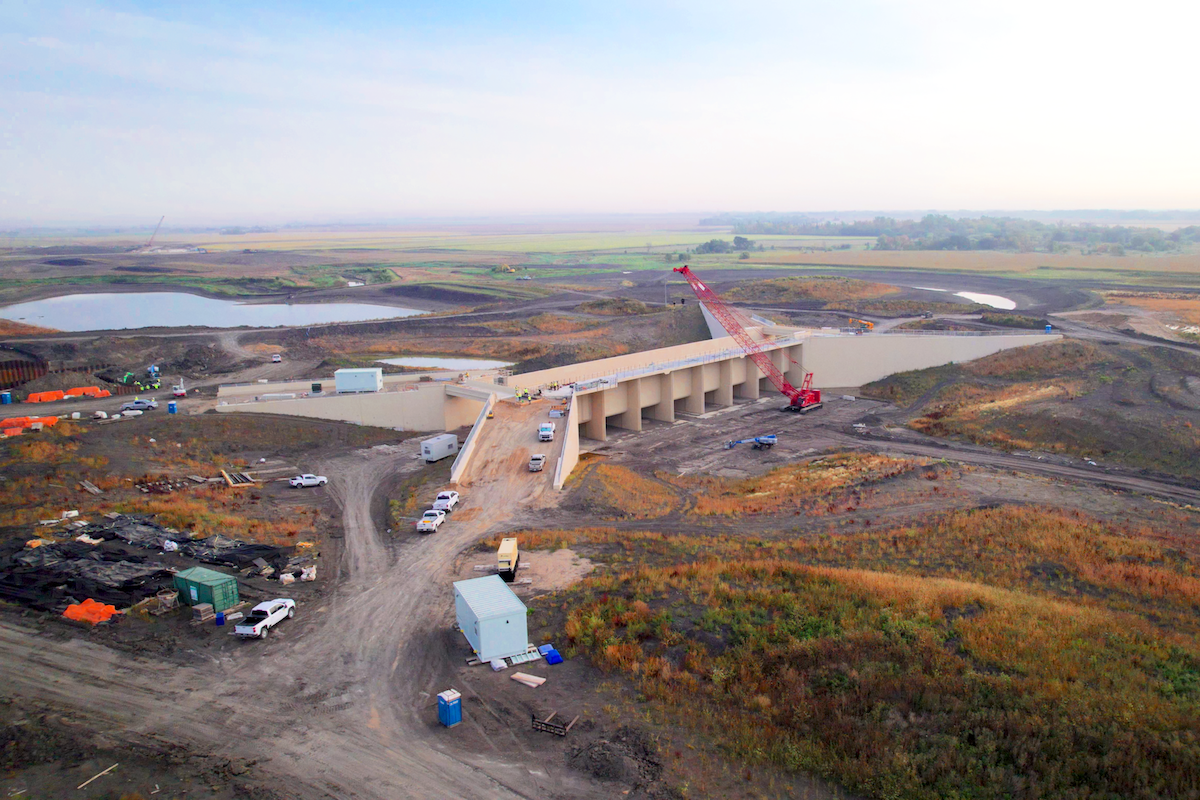Construction workforce shortages are the leading cause of project delays as new immigration enforcement efforts have impacted nearly one-third of construction firms, according to the results of a workforce survey conducted by the Associated General Contractors of America (AGC) and the National Center for Construction Education and Research (NCCER).
“As the survey results show, construction workforce shortages aren’t just a problem for the construction industry,” said Ken Simonson, AGC’s Chief Economist, during a virtual media briefing to release the results. “Construction projects of all types are being delayed because there aren’t enough qualified workers available for firms to hire.”
Among construction firms that are hiring, 92 percent reported having a hard time finding qualified workers. As a result, 88 percent of respondents reported having openings for craft construction workers, while four-fifths of firms have openings for salaried workers.
One reason it is so difficult to find people is because federal officials have failed to properly invest in construction workforce training and education, Simonson said, noting that the survey responses highlight the impacts of these investment shortfalls. Fifty-seven percent of firms reported that available candidates are not qualified to work in the industry because they lack essential skills or do not have an appropriate license for the position.
The survey also highlighted how difficult it is for construction firms to take advantage of the few visa programs available to the industry. Only 10 percent of firms use the H-2B visa program or other temporary work visa programs to secure either salaried or hourly craft employees.

| Your local Superior dealer |
|---|
| Westate Machinery Co |
The industry has also been impacted by stepped-up immigration enforcement. Twenty-eight percent of respondents said they were directly or indirectly affected by immigration enforcement activities during the past six months. Specifically, 5 percent reported a job site or off site was visited by immigration agents. Ten percent said workers left or failed to appear because of actual or rumored immigration actions, and 20 percent reported that subcontractors lost workers.
The impacts of immigration enforcement varied considerably by state, however. Contractors in Georgia, Virginia, Alabama, Nebraska, and South Carolina were more likely to be impacted, ranging from 75 percent of firms in Georgia to 36 percent in South Carolina. Conversely, only 8 percent of firms in Idaho and 9 percent in Alaska reported being impacted by immigration enforcement activities during the past six months.
Worker shortages were respondents’ most-commonly listed reason for project delays. Forty-five percent reported experiencing project delays due to shortages of their own or subcontractors’ workers. Overall, 78 percent of firms reported that at least one project has been delayed during the past 12 months.
Simonson noted that the construction industry is taking steps to address workforce shortages. Seven out of eight firms raised base pay for workers as much or more than they did a year earlier. And 42 percent initiated or increased spending on training and professional development in the past year.

| Your local Somero dealer |
|---|
| American Construction Supply |
The industry is also looking at technological solutions to help overcome workforce shortages. A majority of firms (55 percent) added online strategies like social media and targeted digital advertising to connect better with younger applicants. A similar share, 52 percent, engaged with career-building programs at high school, college, or career and technical education institutions.
“The survey underscores the urgent need to grow our construction workforce and illustrates there is a great need to continue our recruiting efforts and provide accelerated learning opportunities," said Boyd Worsham, President and CEO of NCCER. "By expanding access to industry training and career and technical education, we can prepare people for meaningful careers, strengthen contractors’ ability to deliver projects, and build the communities we all depend on. At NCCER, every day we see that investing in people positively impacts their lives and expanding these opportunities will give more people the chance to build successful careers while providing contractors the workforce they need.”
Simonson noted that AGC is urging Congress and the Trump administration to at least double funding levels for high school career and technical education programs and pass a new Workforce Innovation and Opportunity Act that allocates at least 50 percent of funds for workforce training programs.
However, Simonson said it will take years to rebuild domestic workforce development programs — and in the meantime, Congress and the Trump administration must provide more lawful pathways for people to enter into, or remain in, the country to work in construction. This should include establishing a new, construction-specific temporary work visa program, he said.

| Your local Bobcat dealer |
|---|
| Pape Material Handling |
Newly imposed and announced tariffs are also impacting the construction industry. Sixteen percent of firms in the survey noted that at least one project they are working on has been postponed, canceled, or scaled back because of tariffs. Forty-one percent of firms said they raised prices because of tariffs and 39 percent accelerated purchases in anticipation of new tariffs. Only 14 percent of firms reported switching from foreign to domestic suppliers because of tariffs.
Simonson said that AGC is pushing the Trump administration to quickly resolve trade disputes with major U.S. trading partners — including Canada, Mexico, and China — to eliminate the threat of punitive tariffs.
“Eliminating market uncertainty will help boost demand for many types of construction projects,” he said. “Our goal is to make sure the construction industry remains a driver of economic growth in this country. The best way to do that is to ensure it has the workforce, and the demand, needed to continue building the American economy.”
AGC and NCCER conducted the 2025 Workforce Survey in late July and early August. Nearly 1,400 firms completed the survey from a broad cross-section of the construction industry, including union and open shop firms of all sizes. This year’s survey is AGC’s 13th annual workforce-related survey.

| Your local Volvo Construction Equipment dealer |
|---|
| PacWest Machinery |
Read complete survey results — including national, regional, and state fact sheets — at agc.org.
Graphics from the 2025 Workforce Survey conducted by AGC and NCCER.

